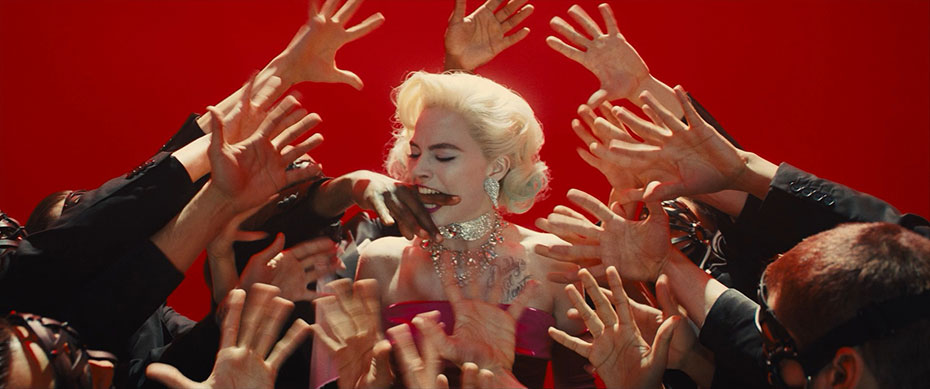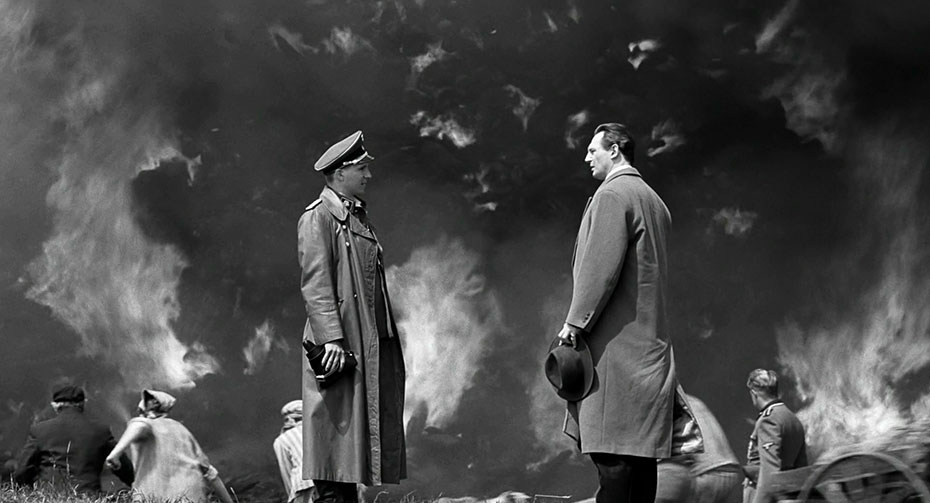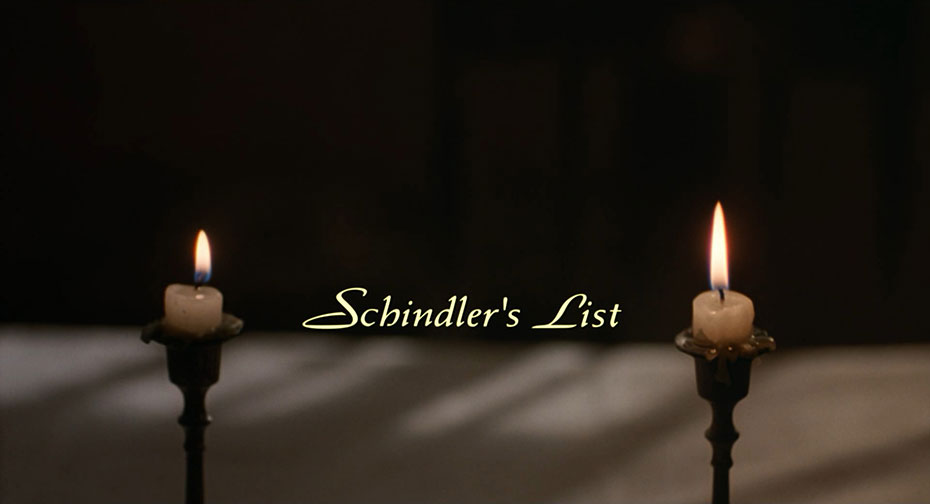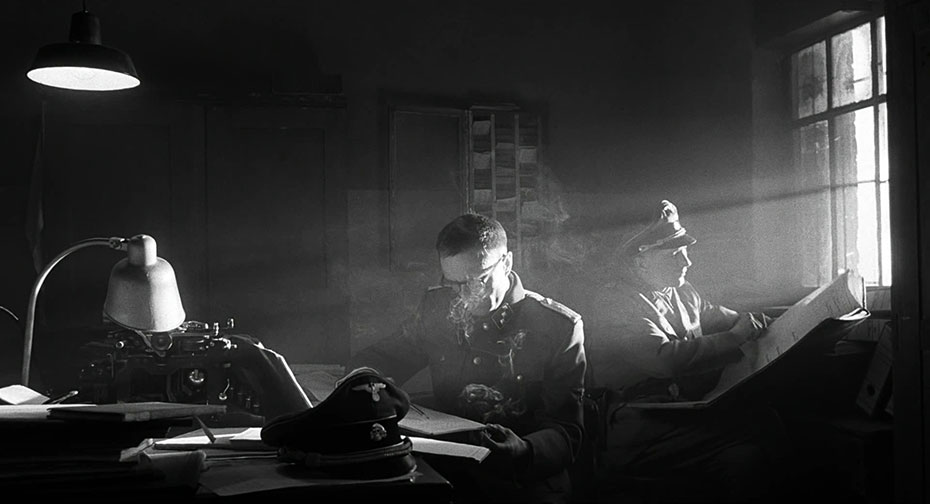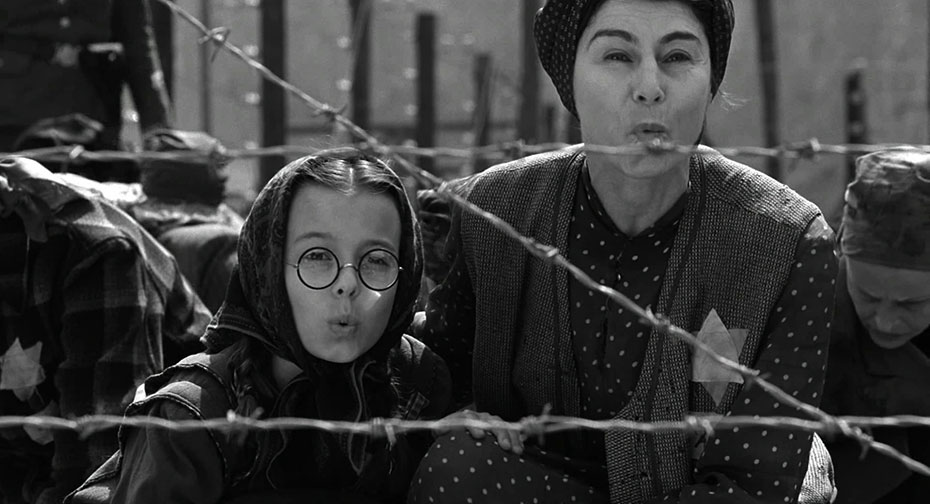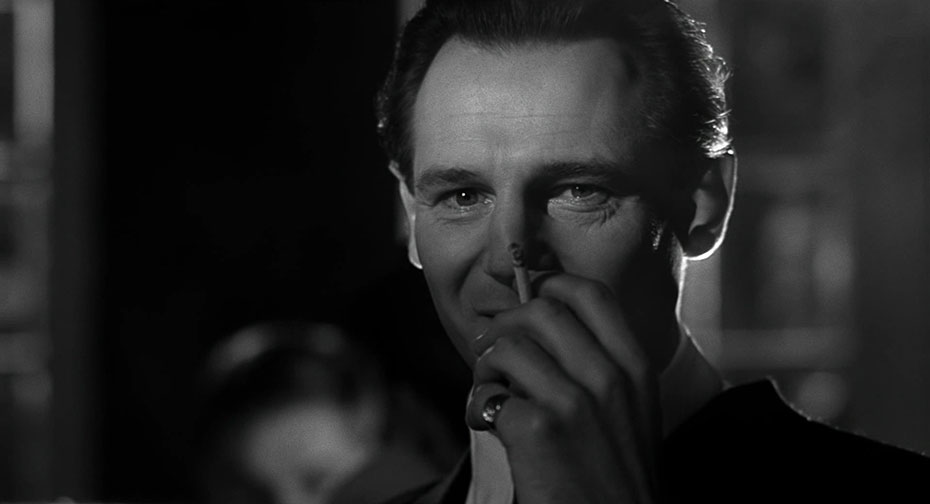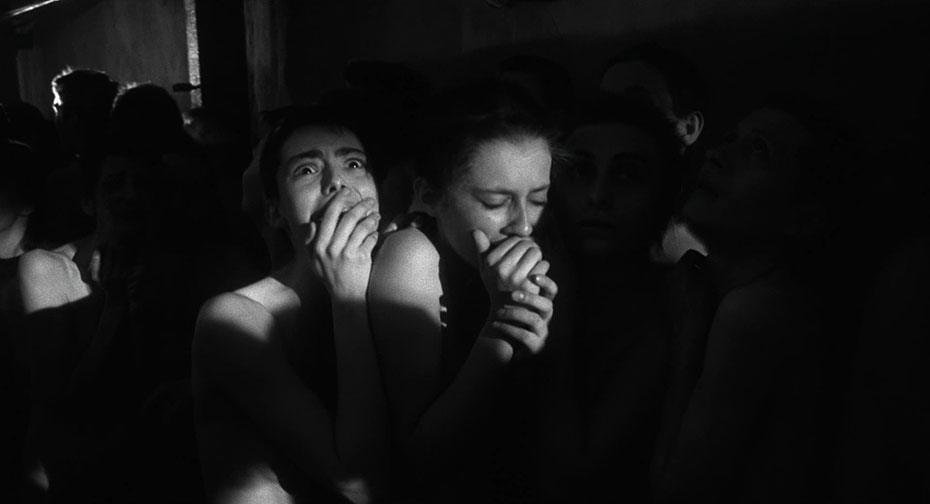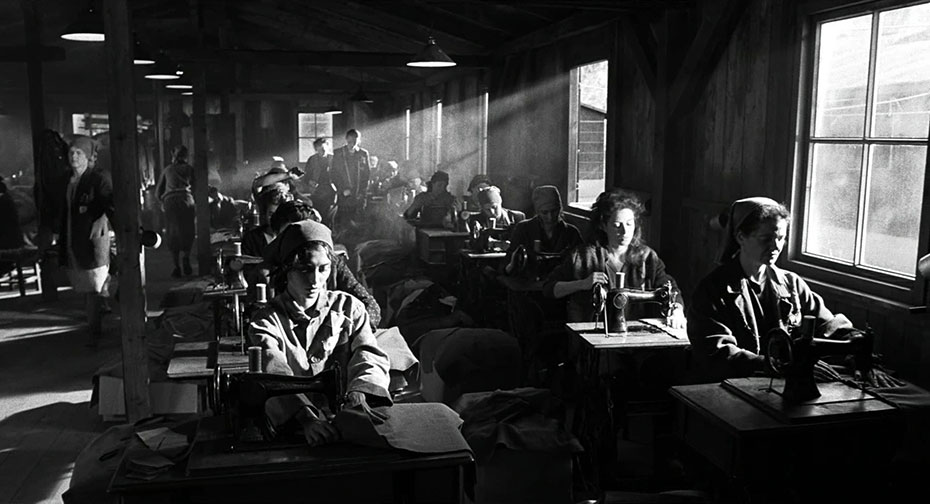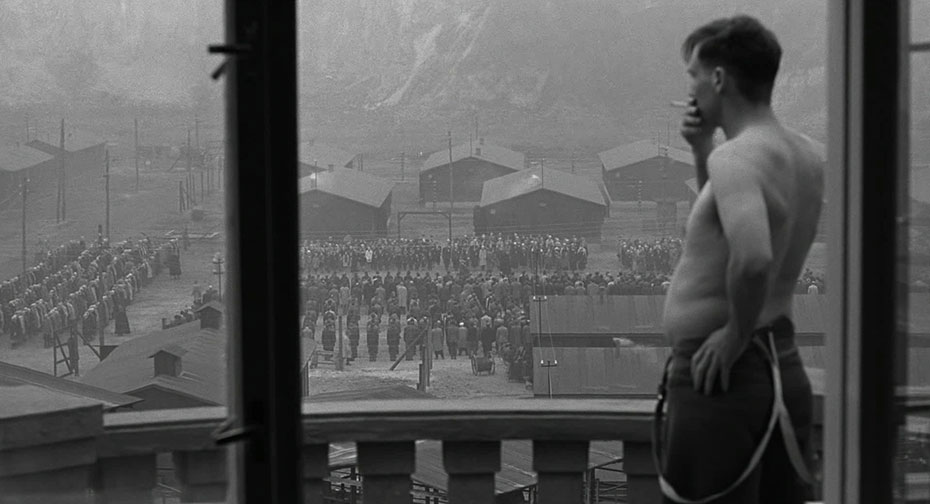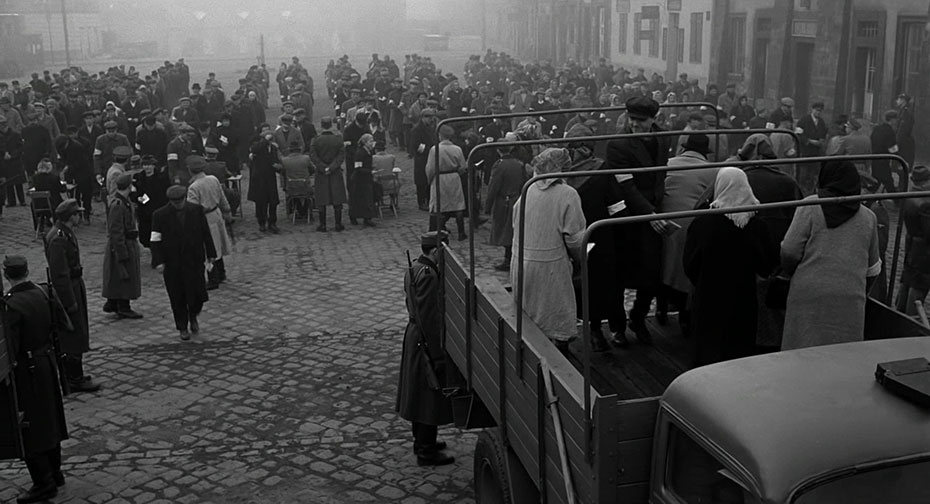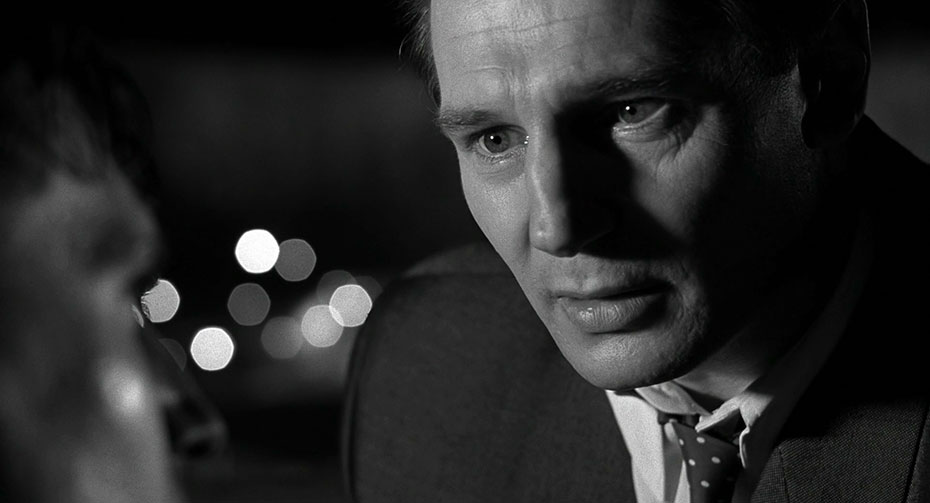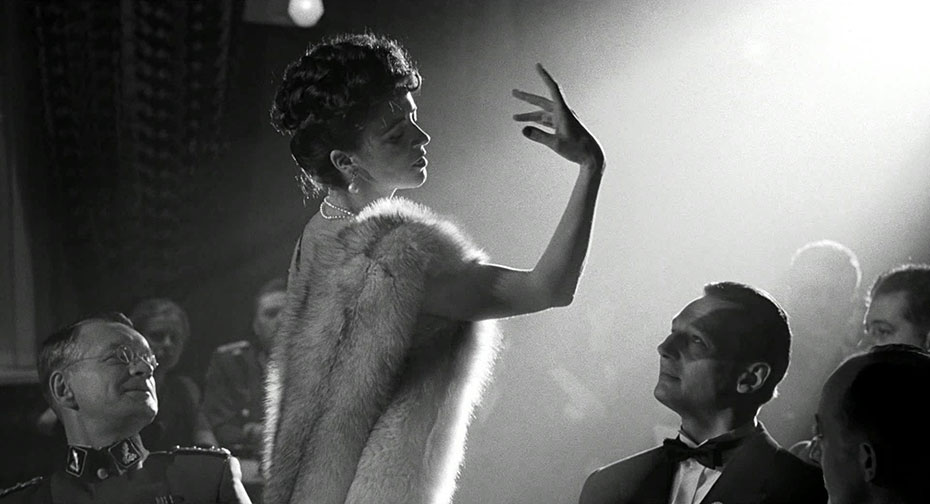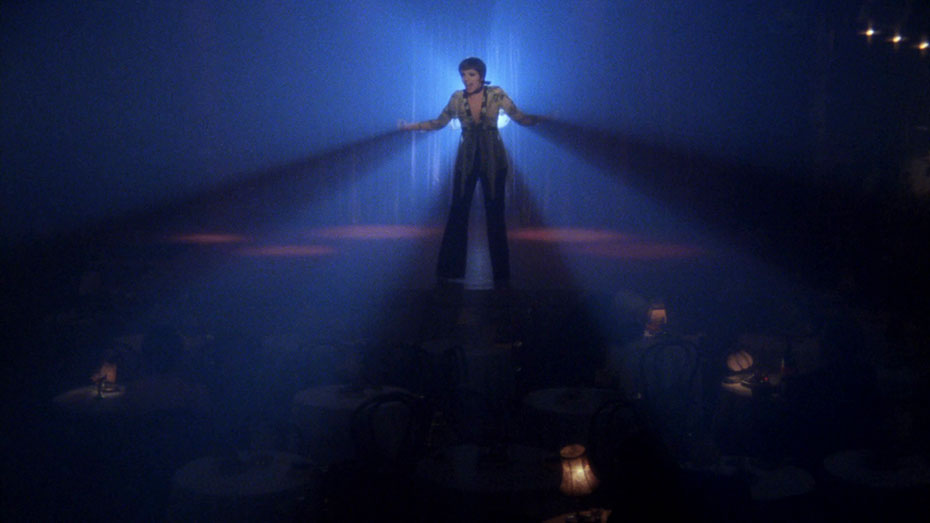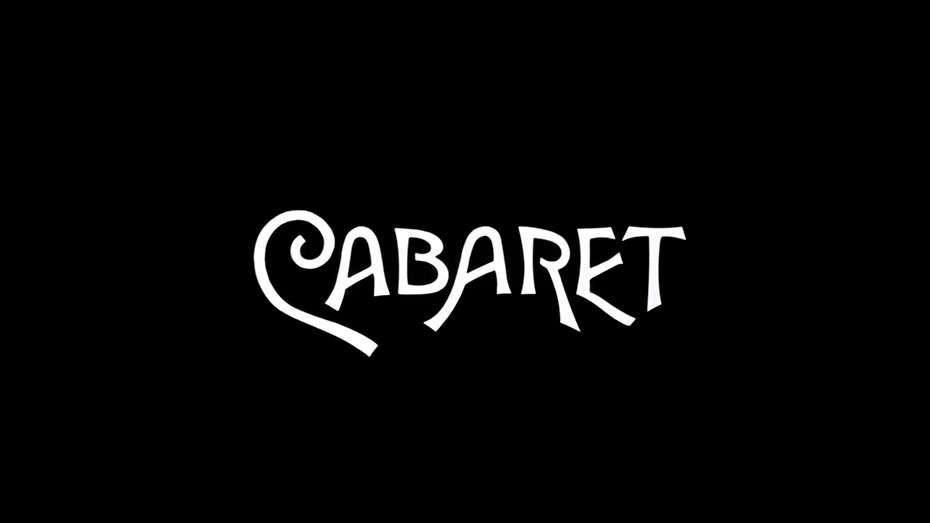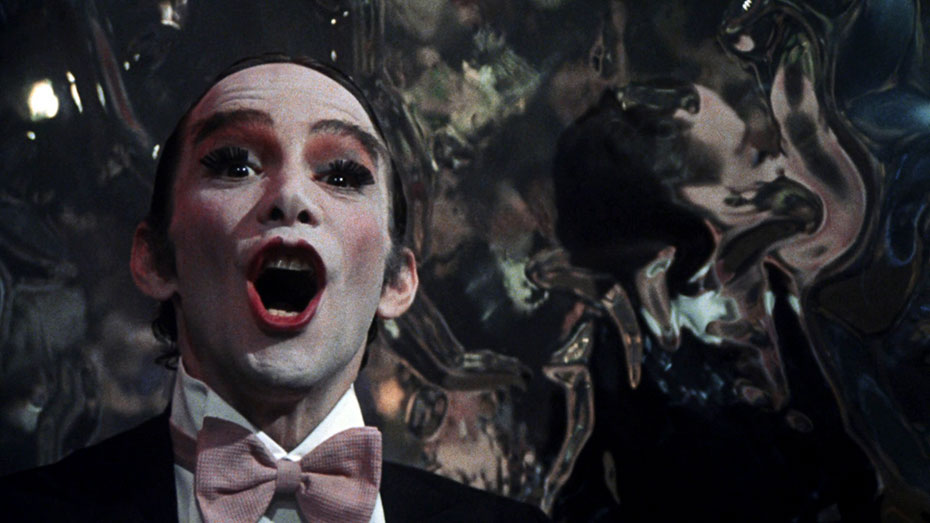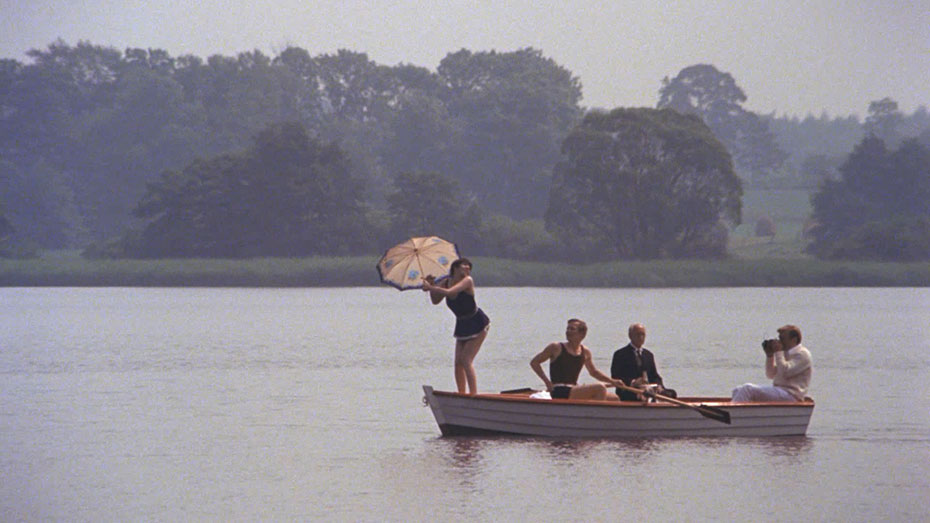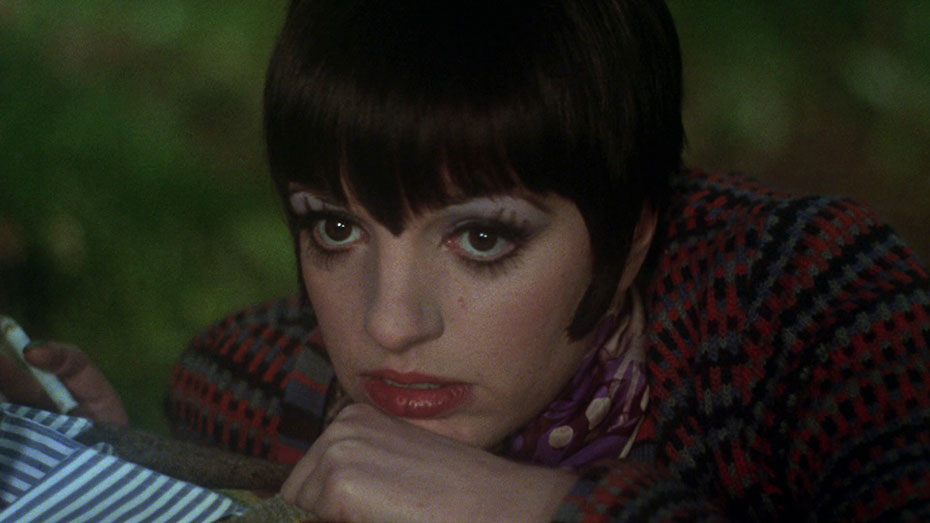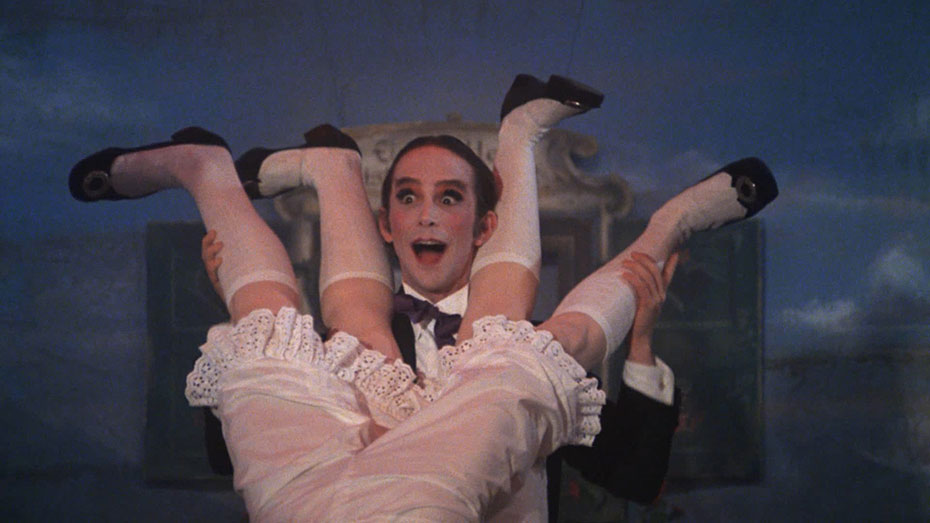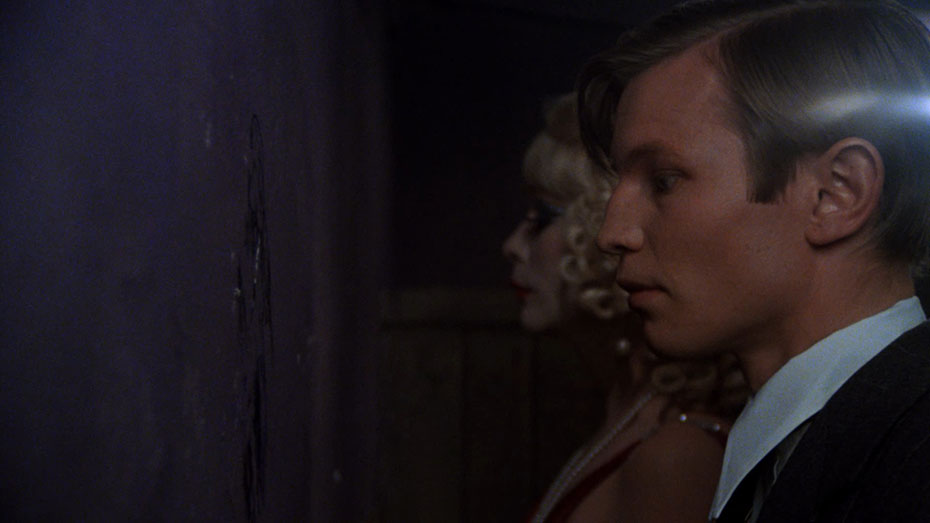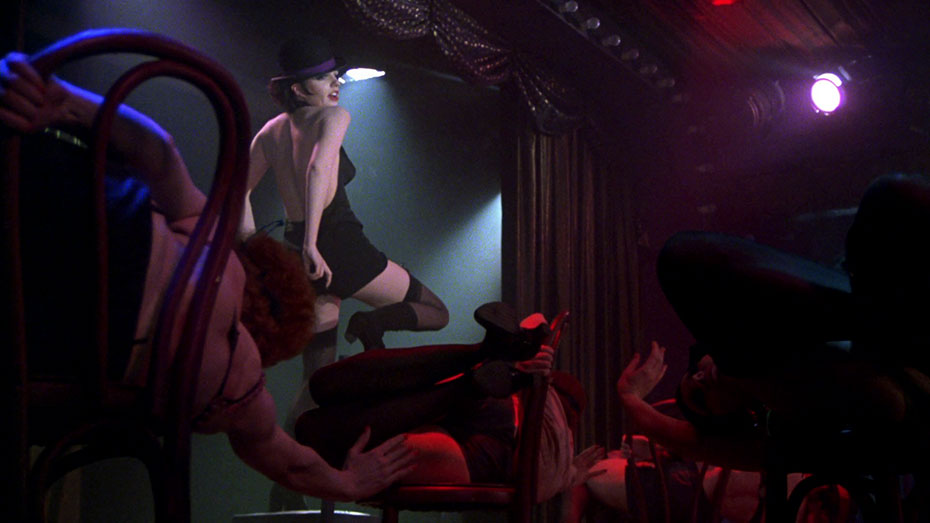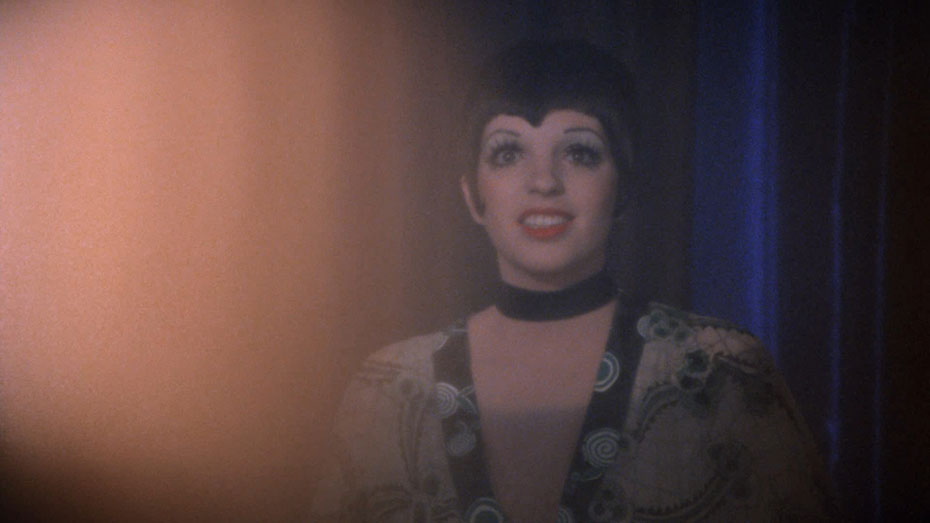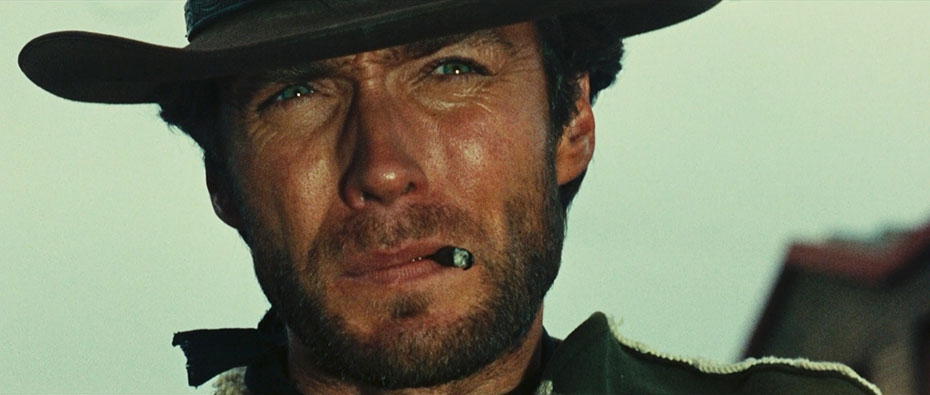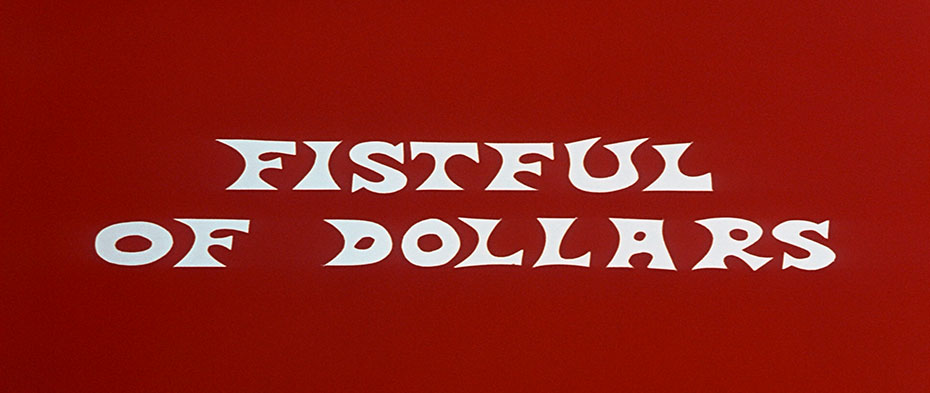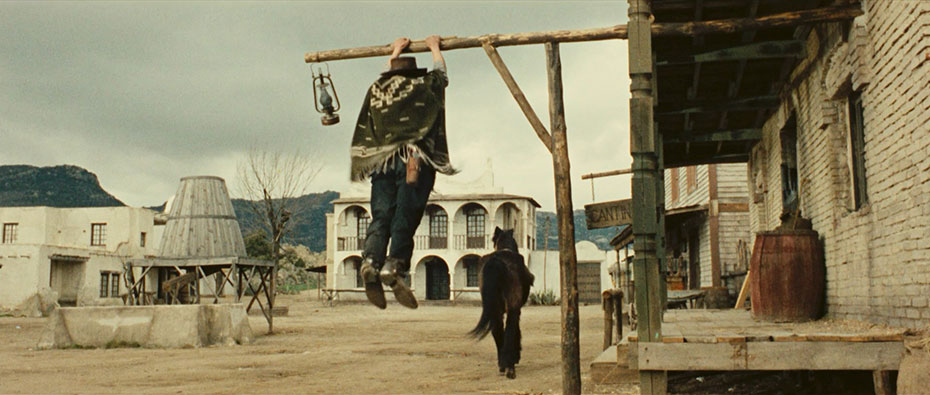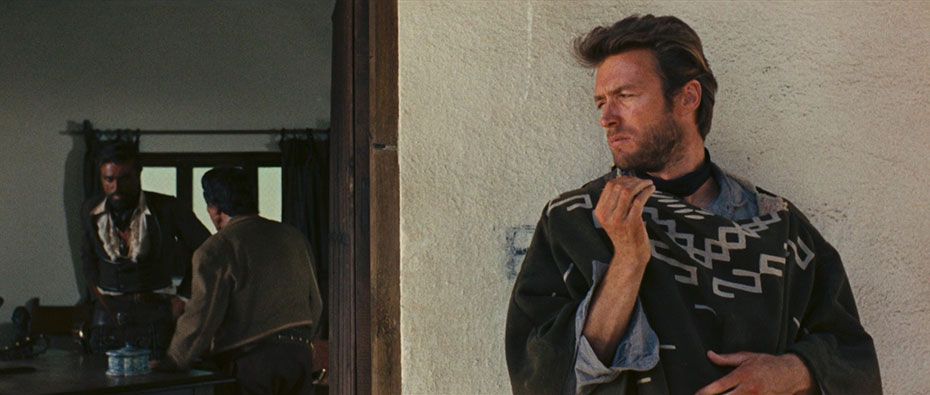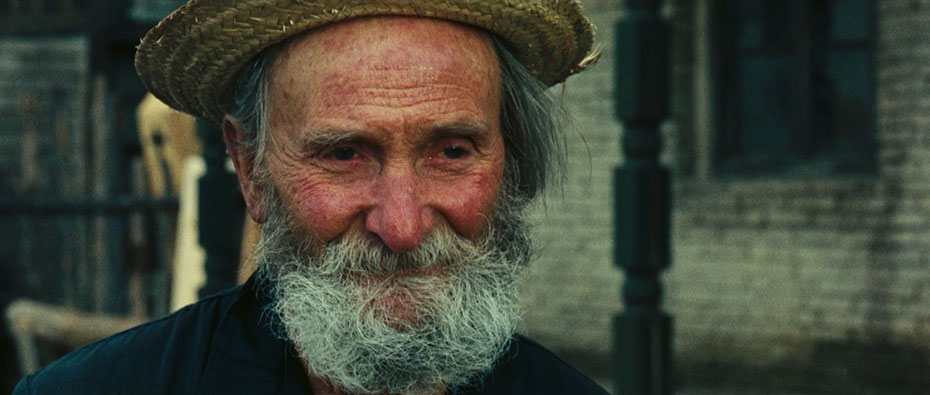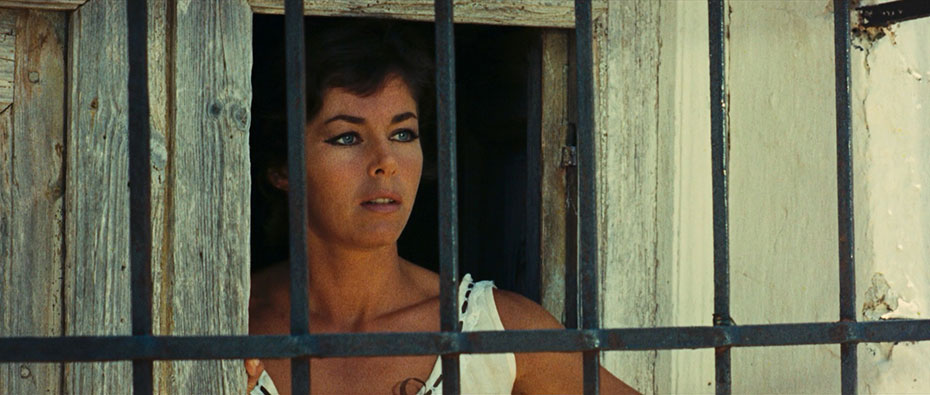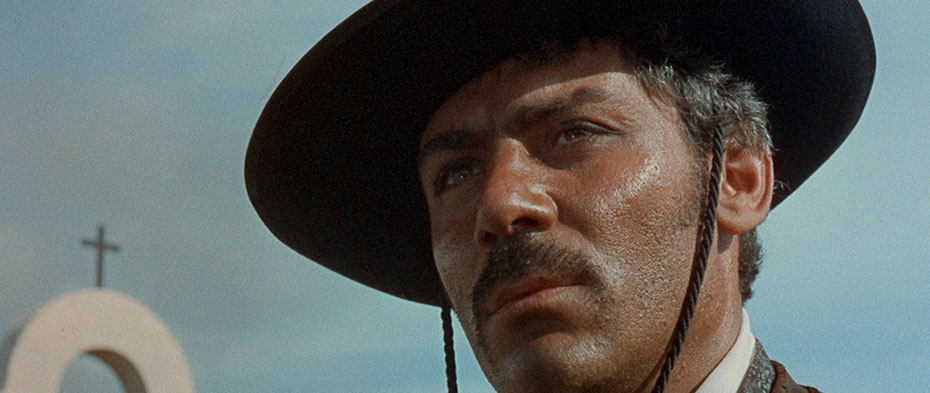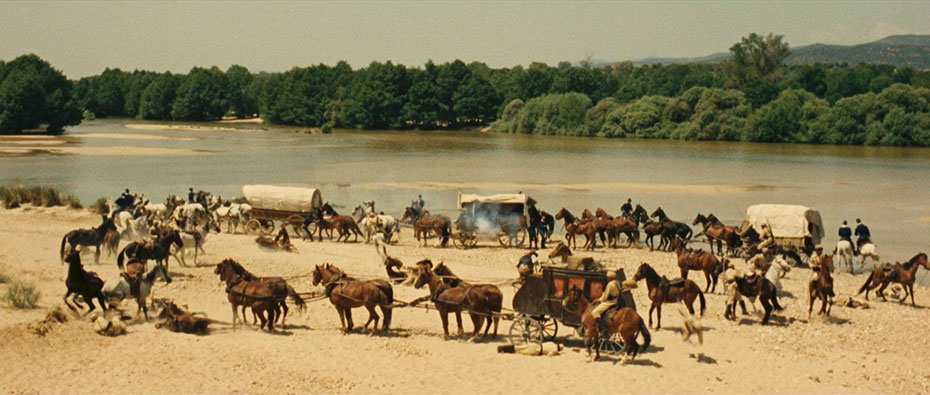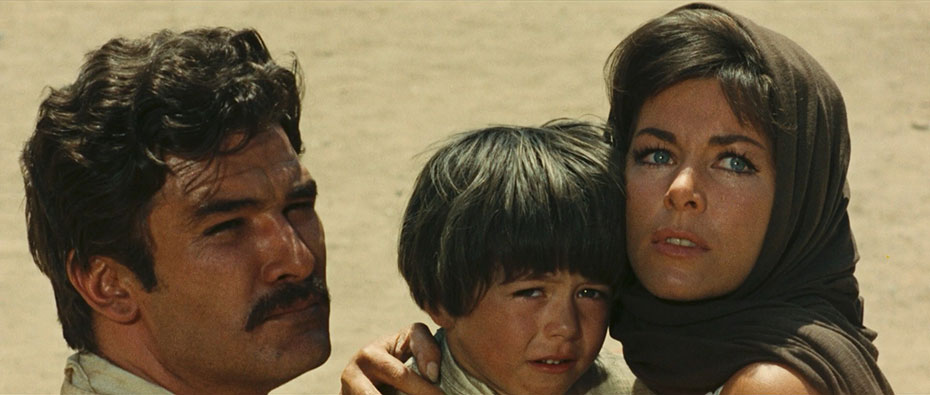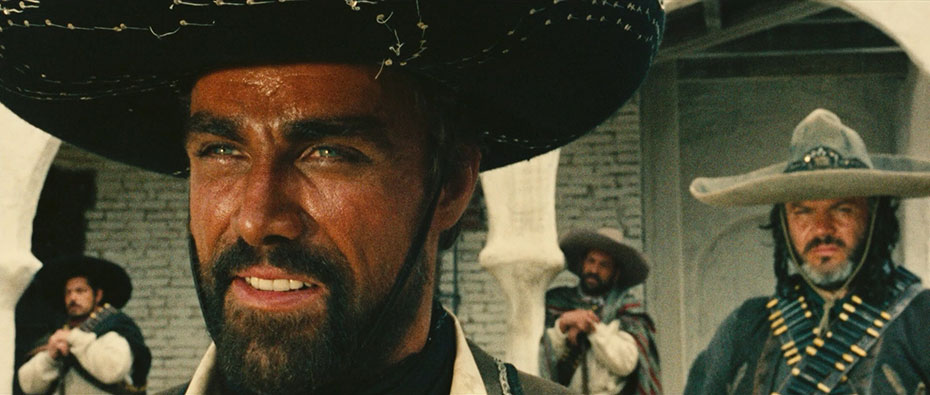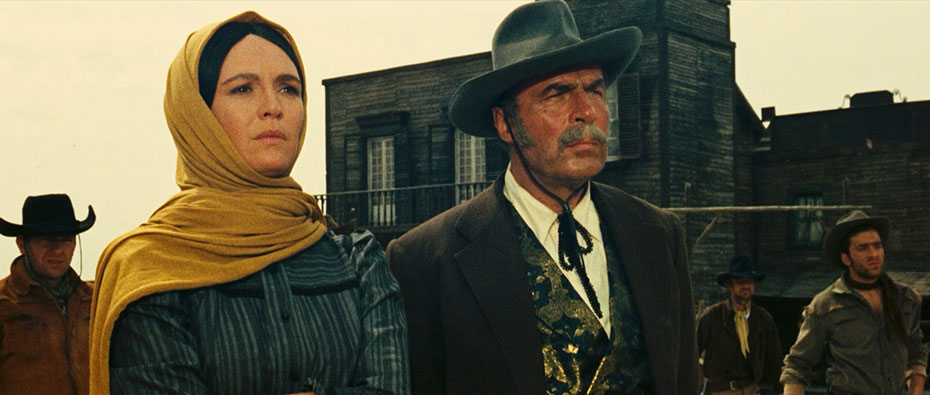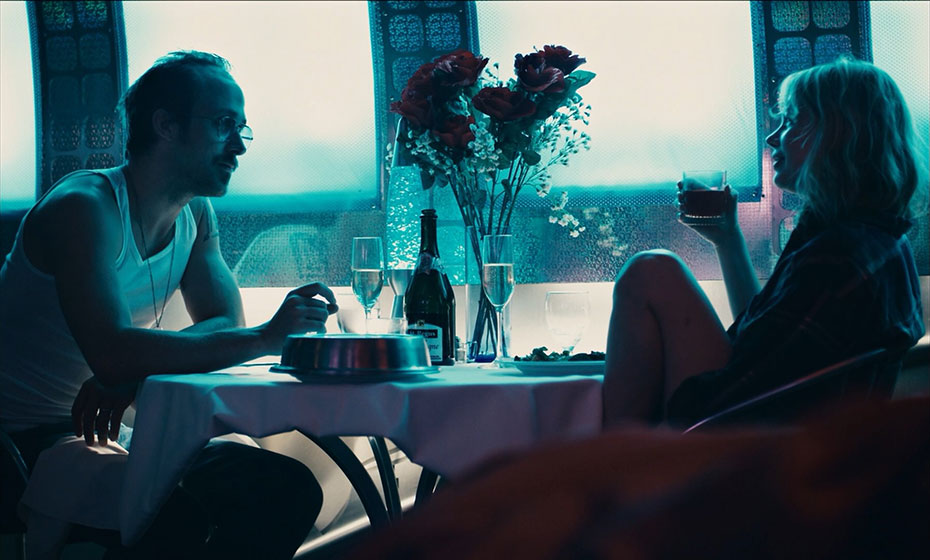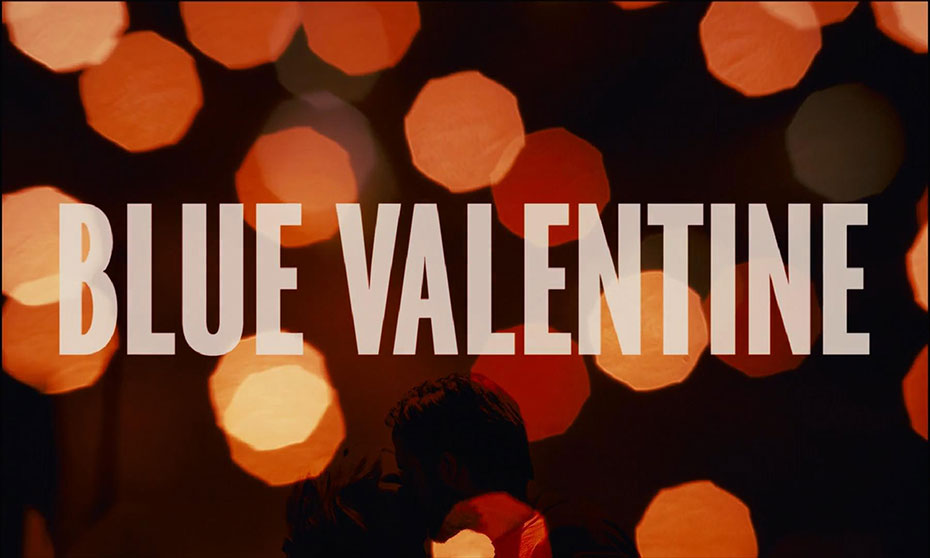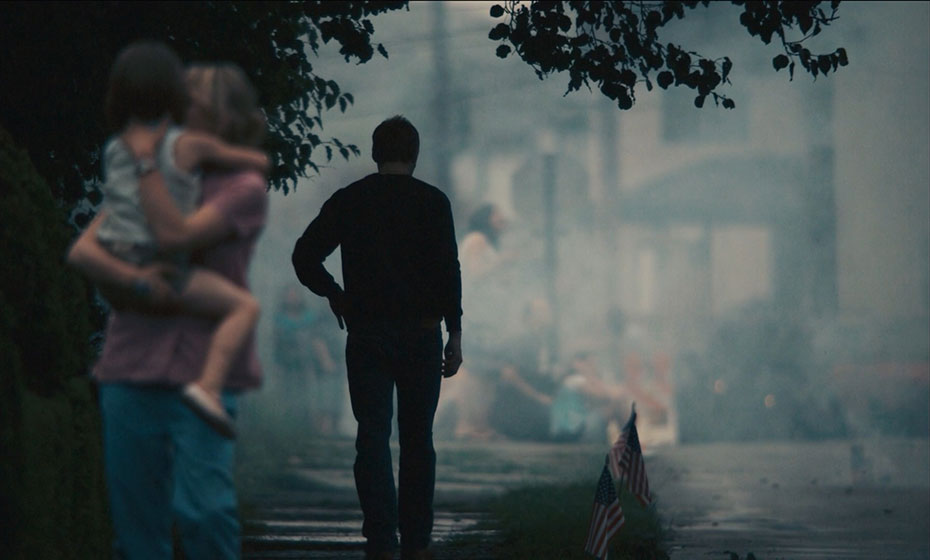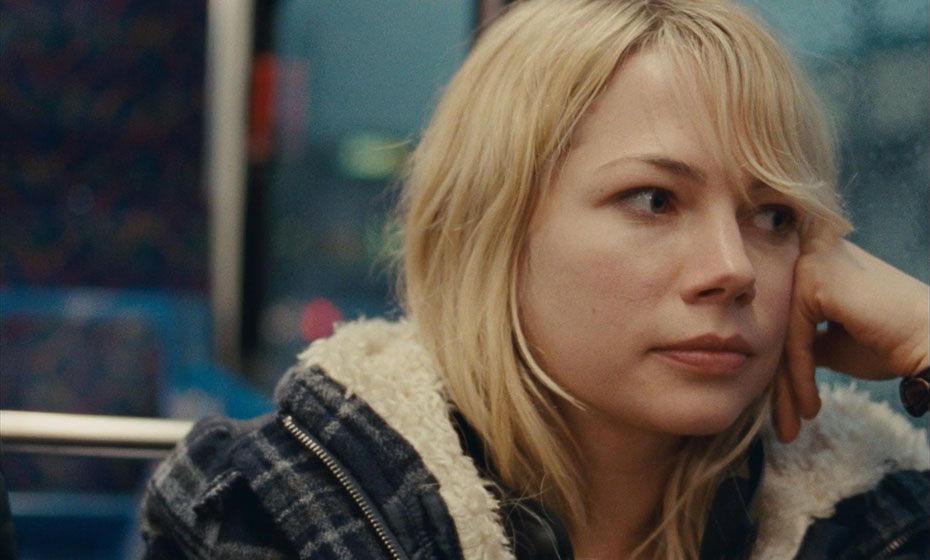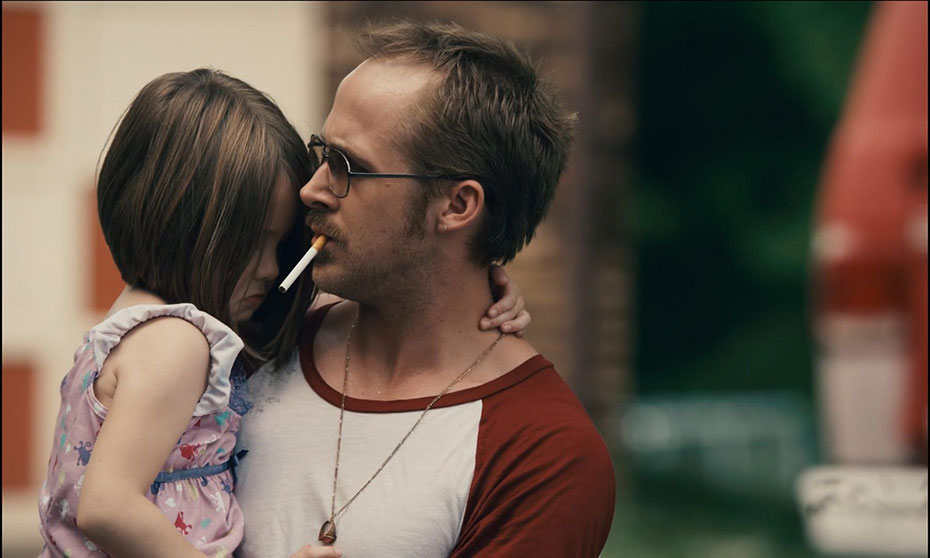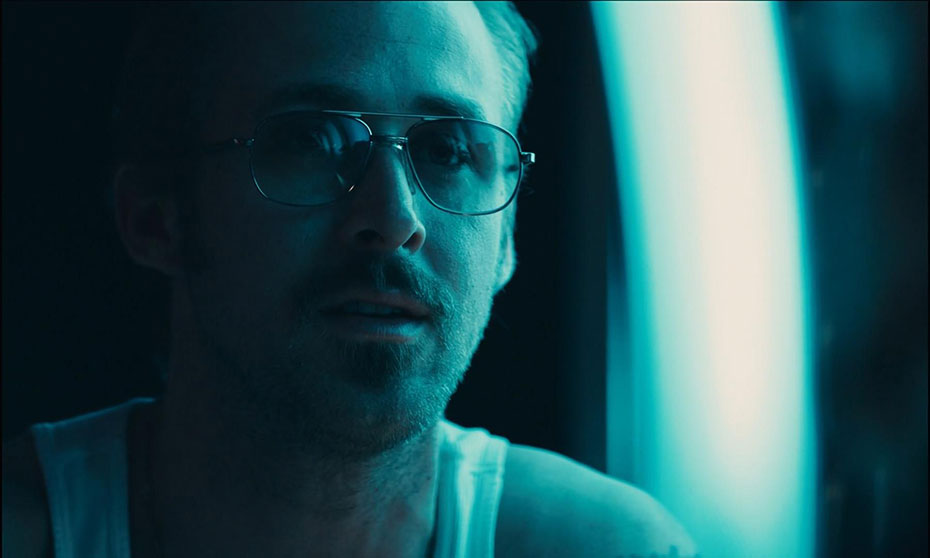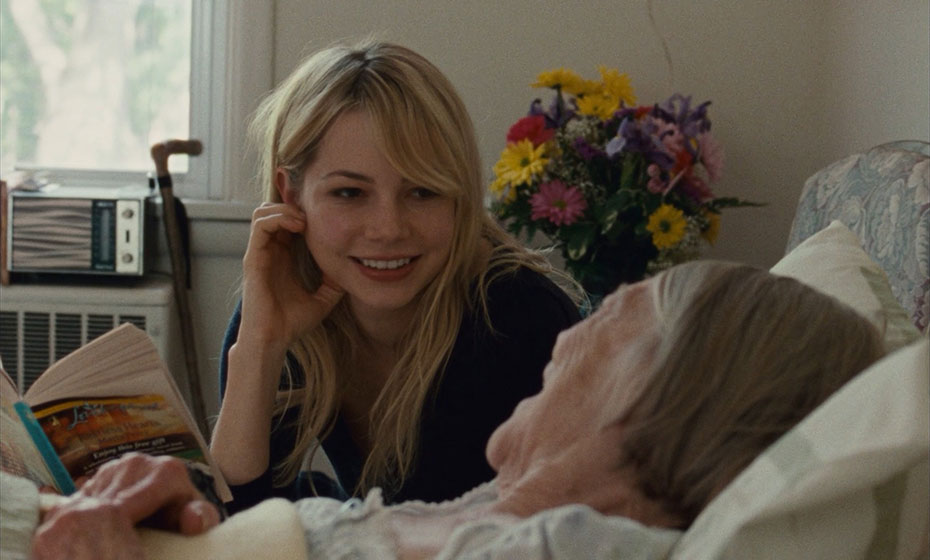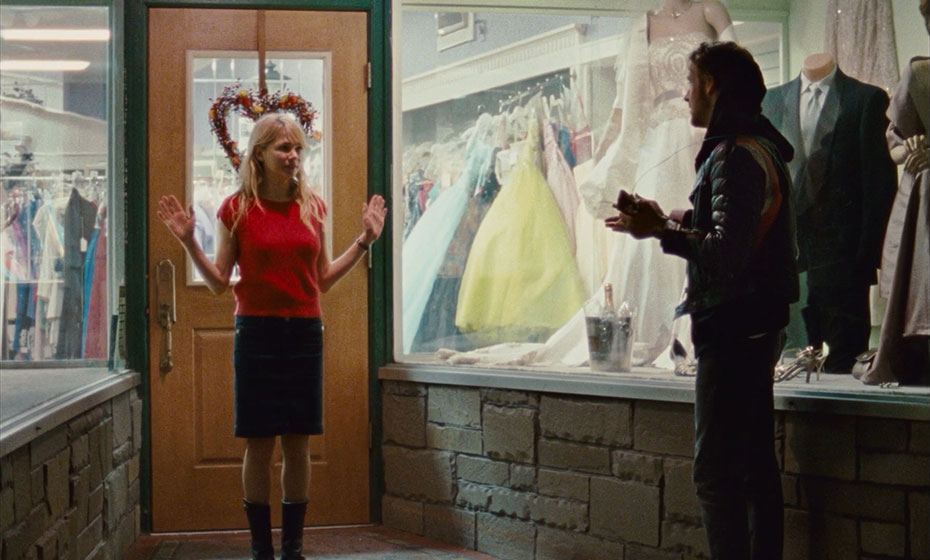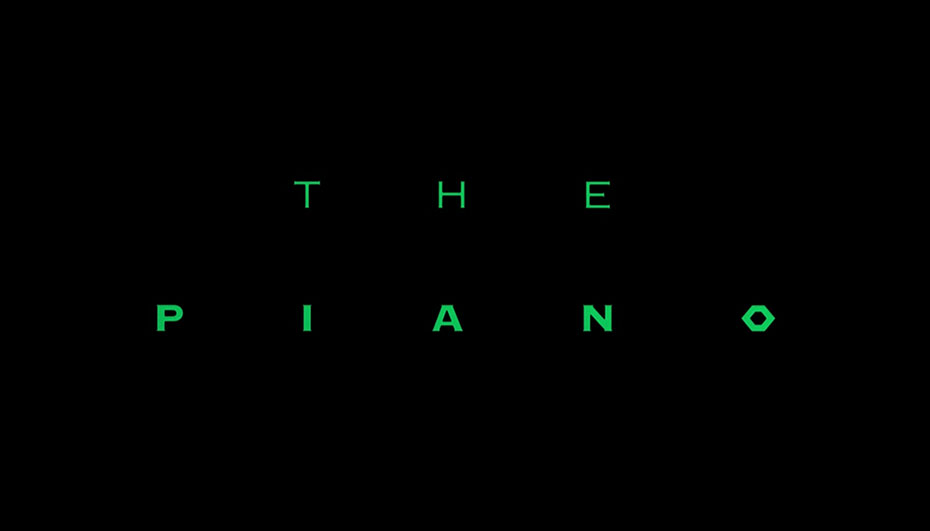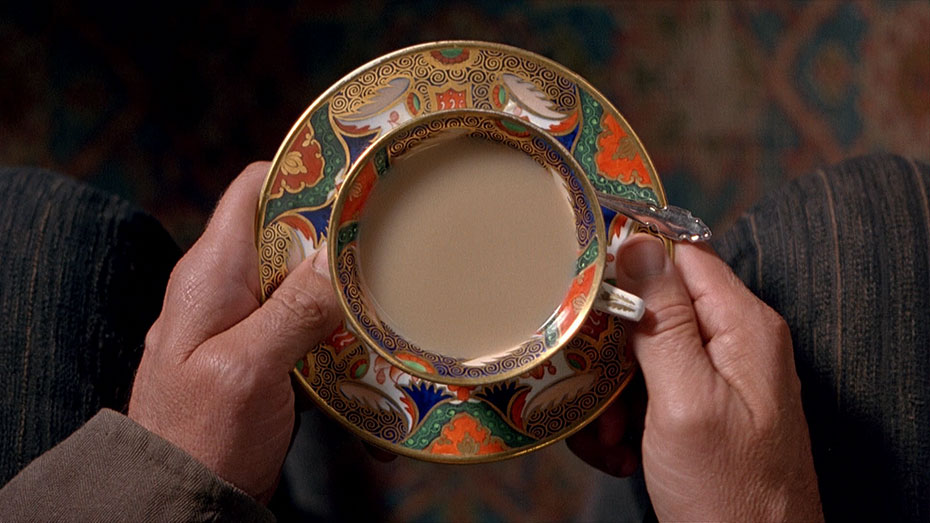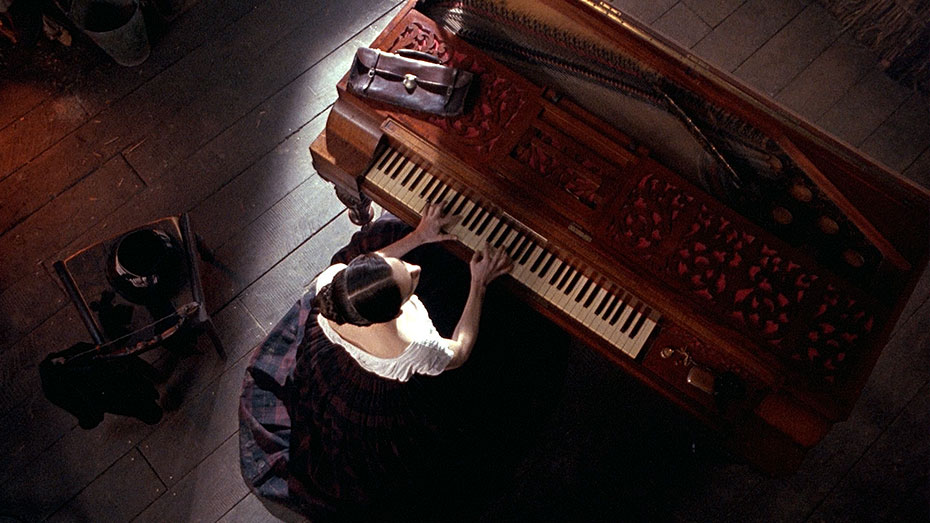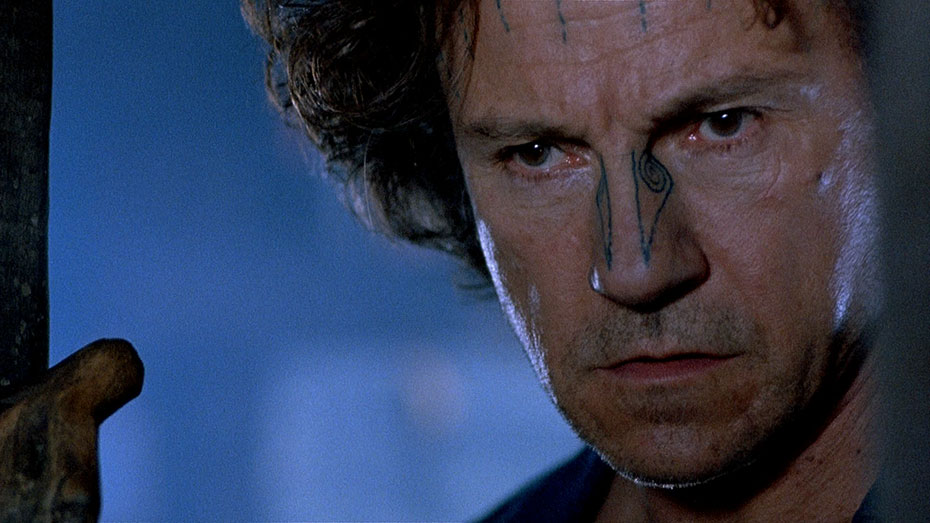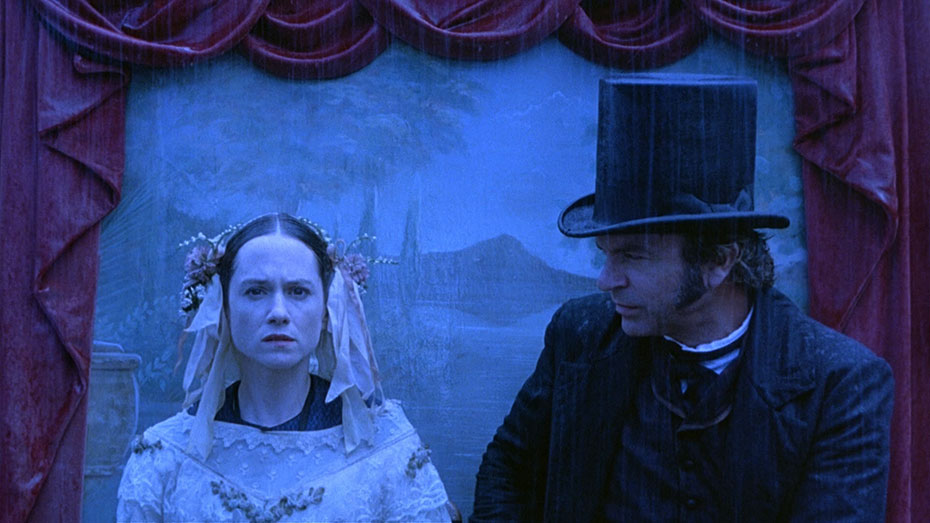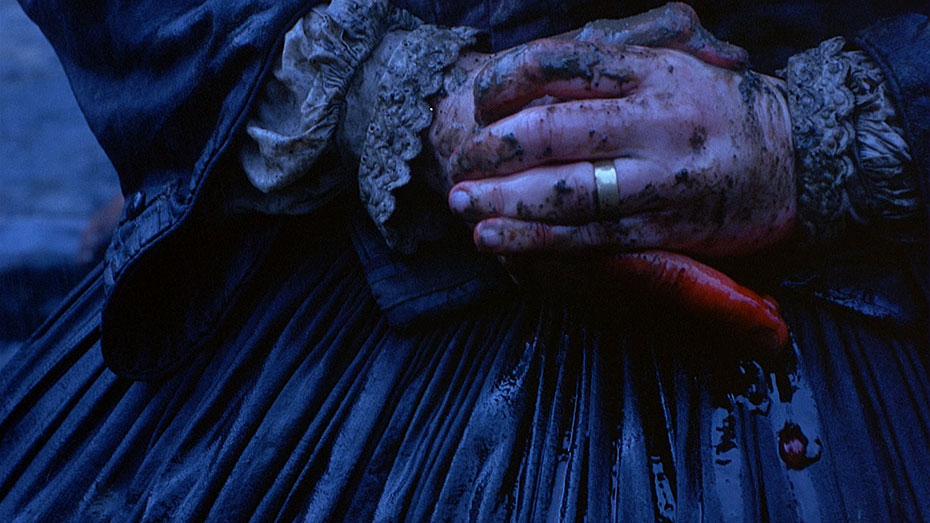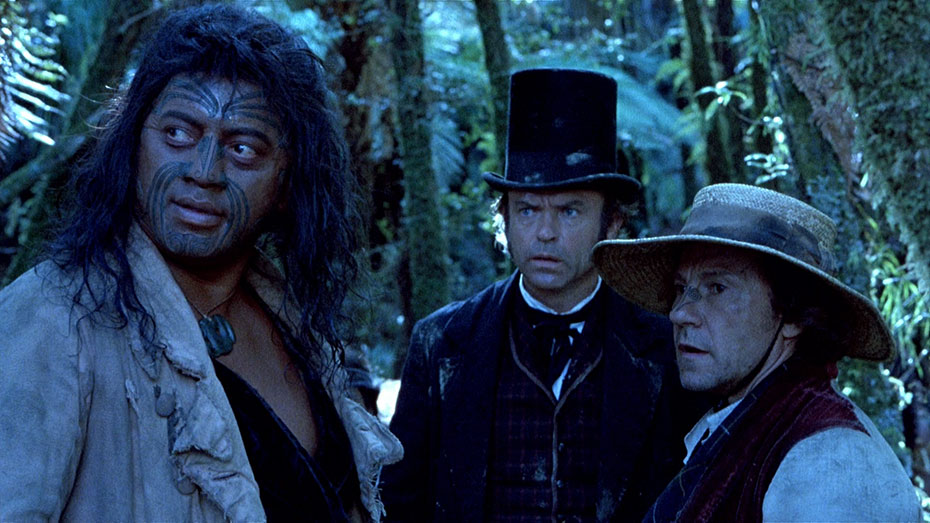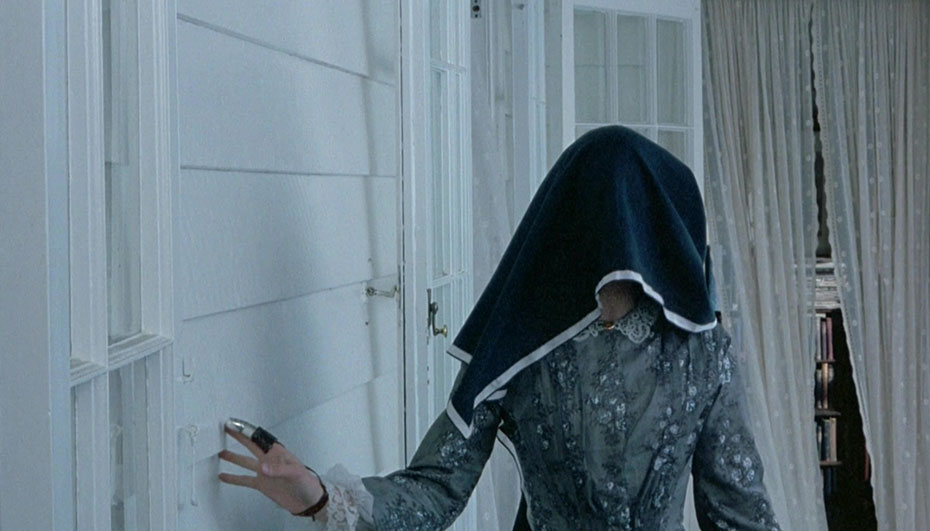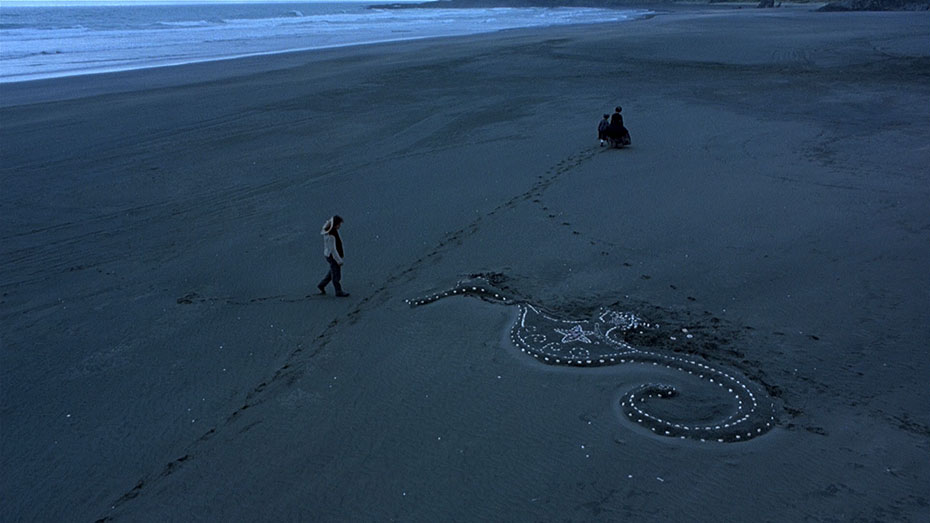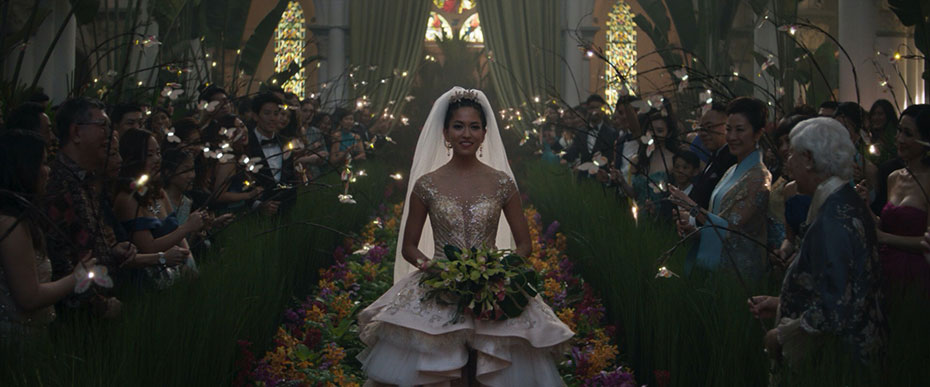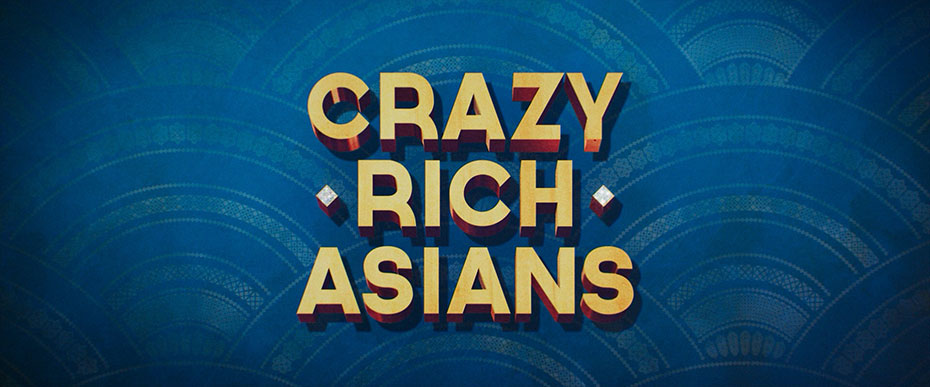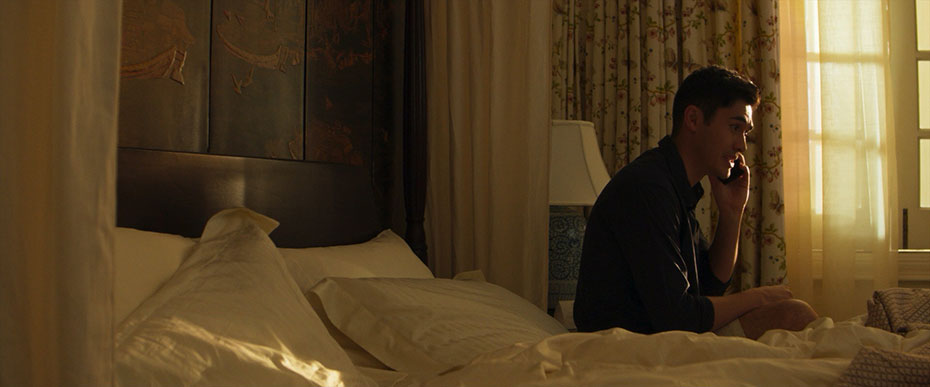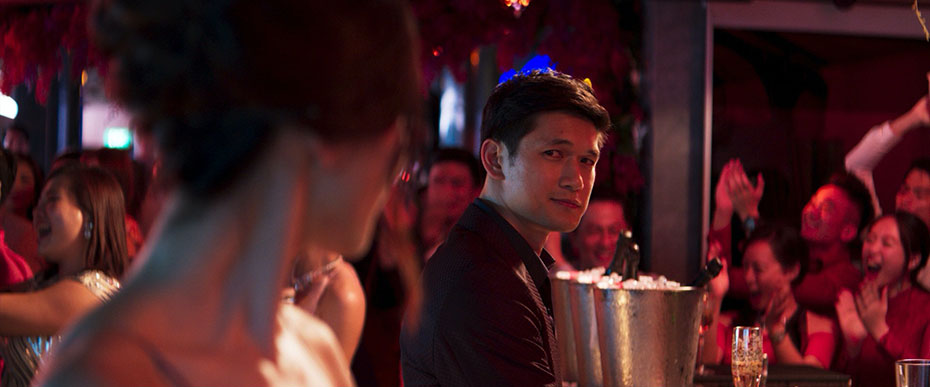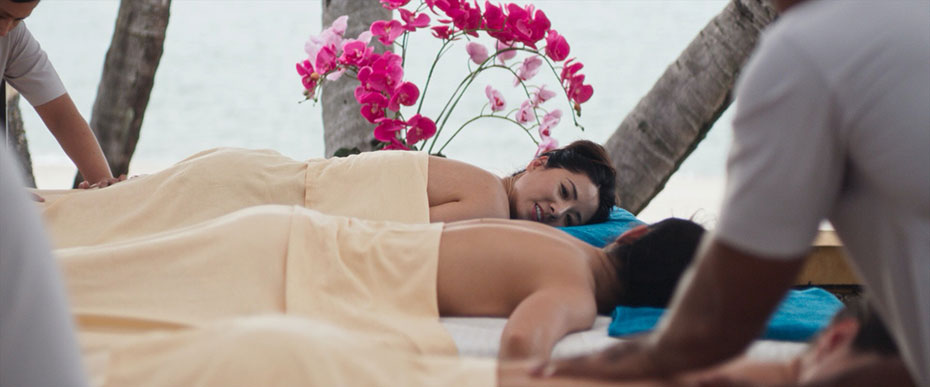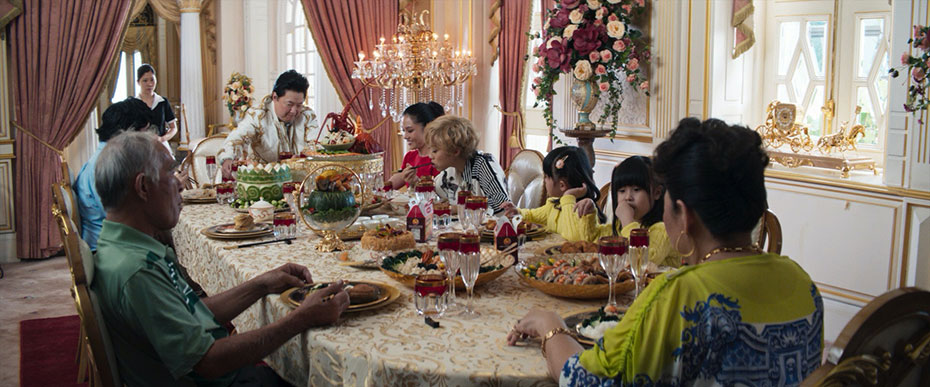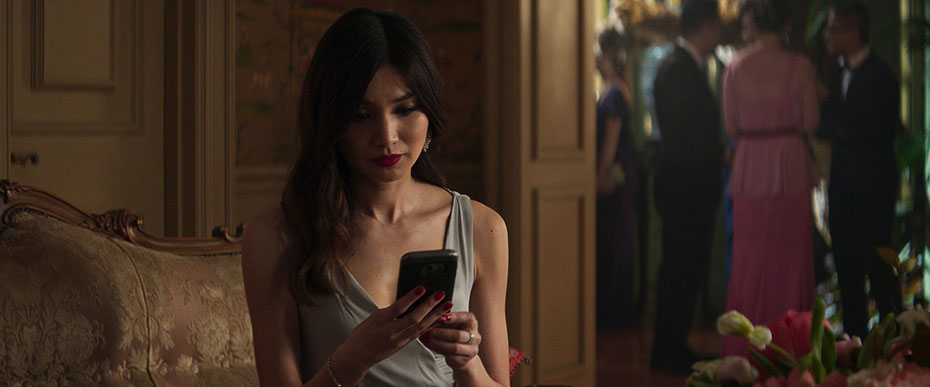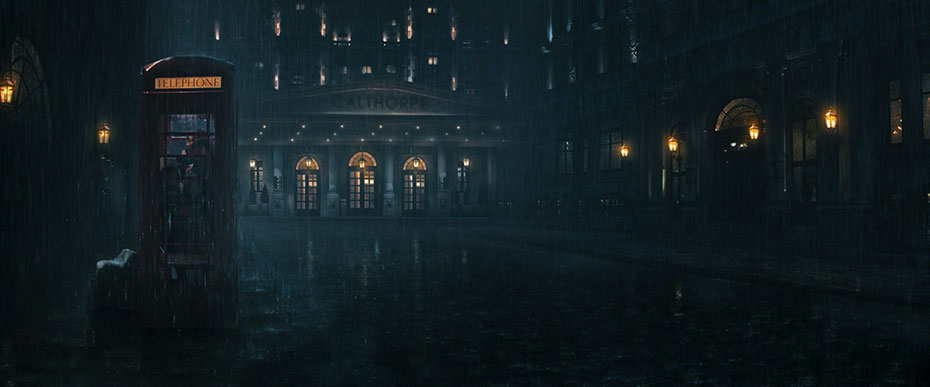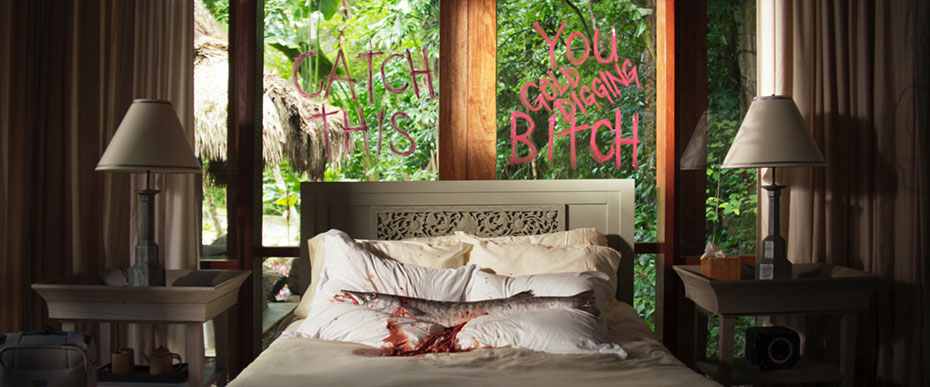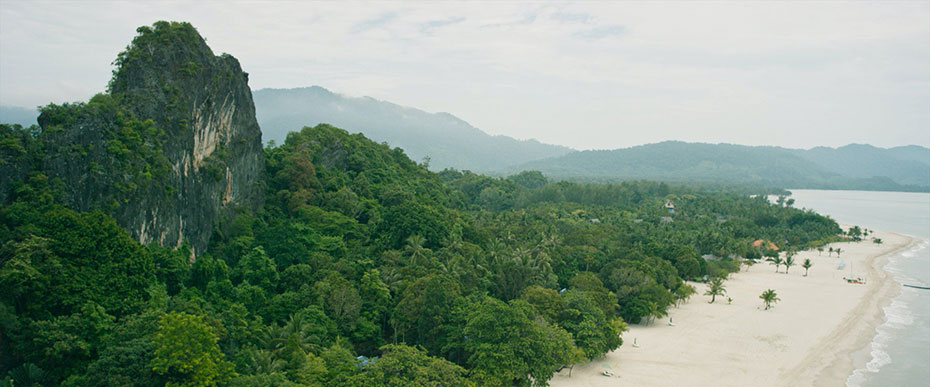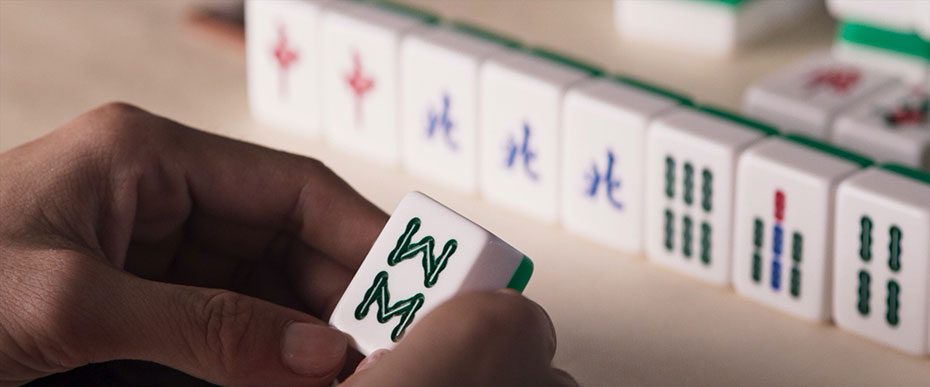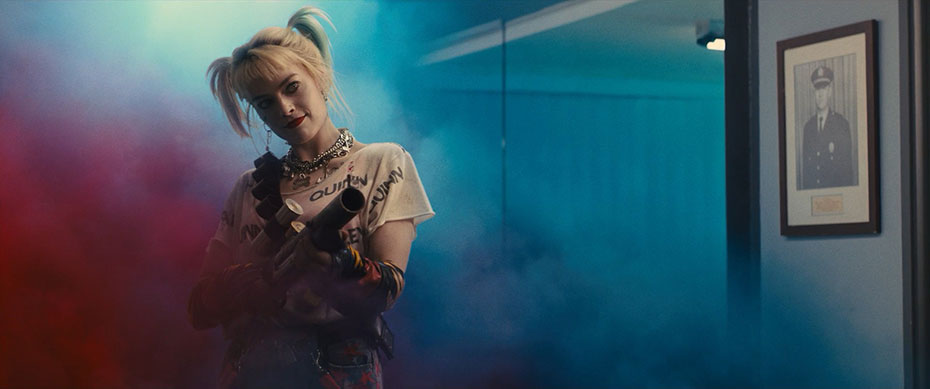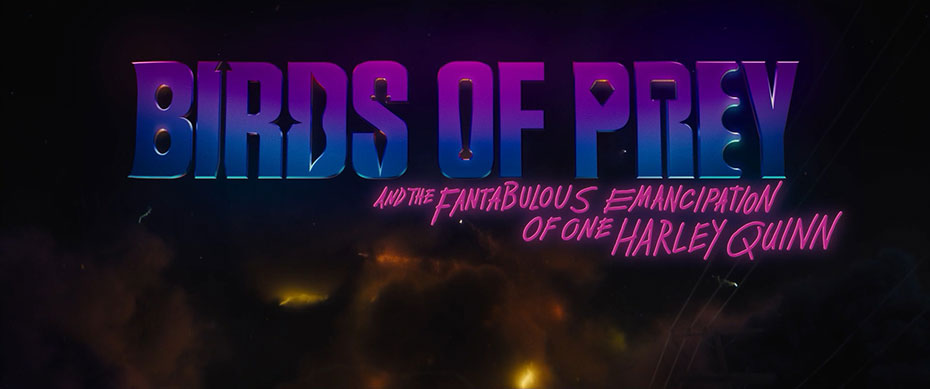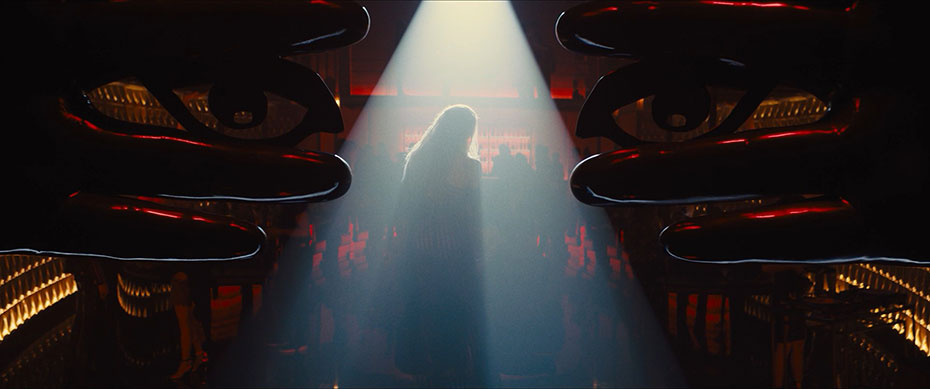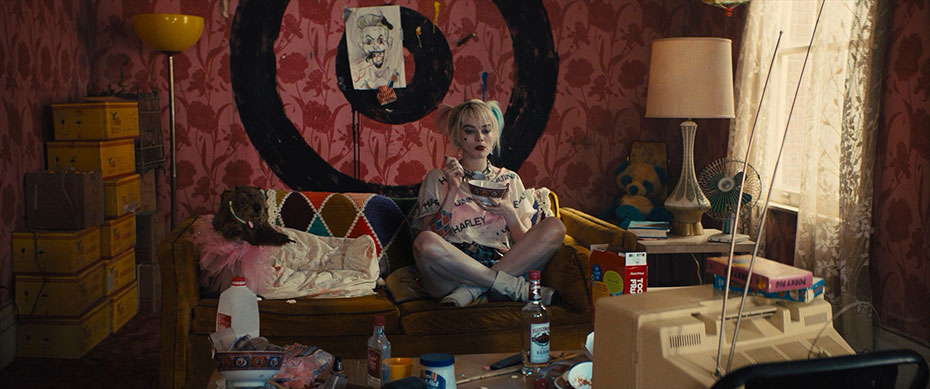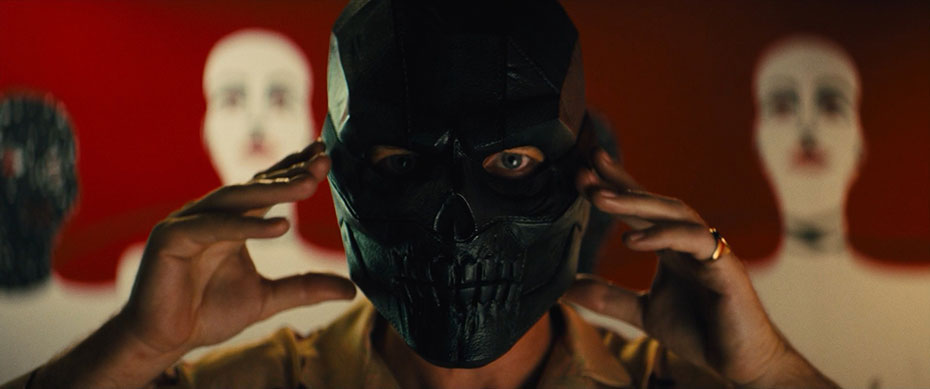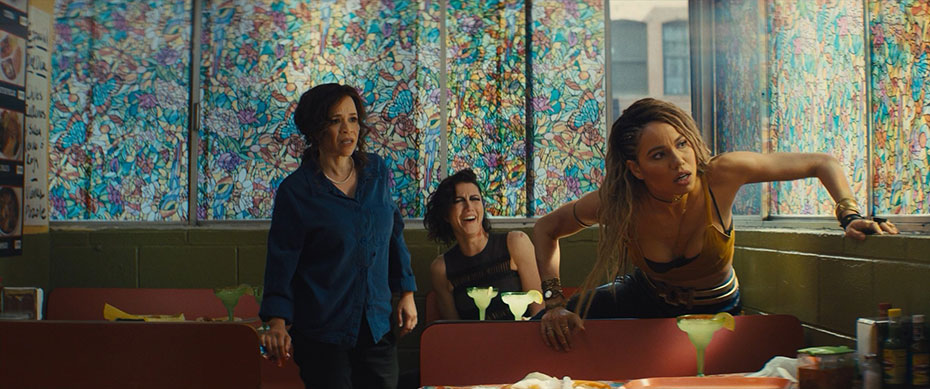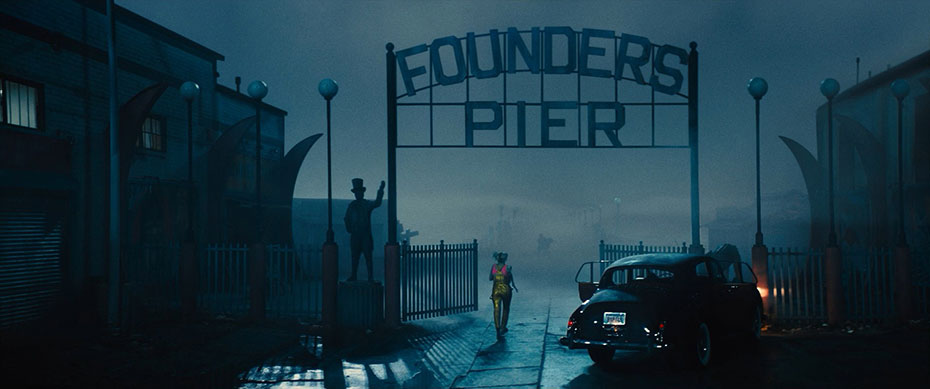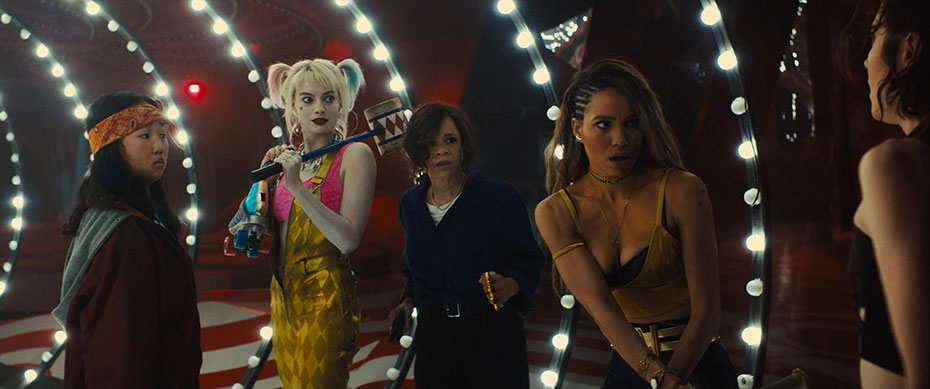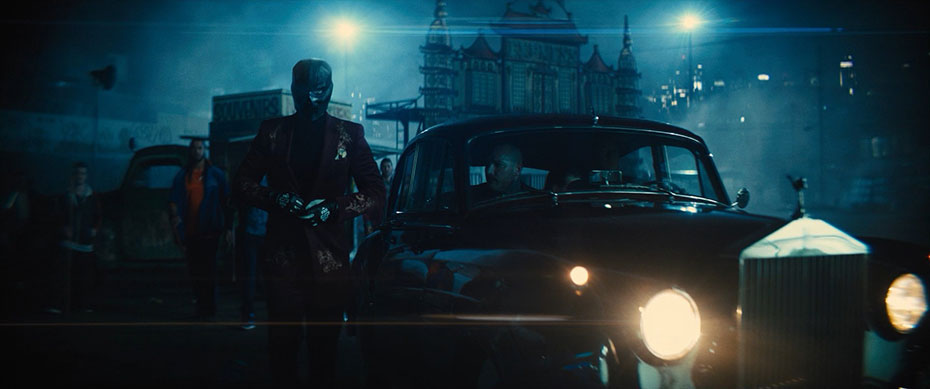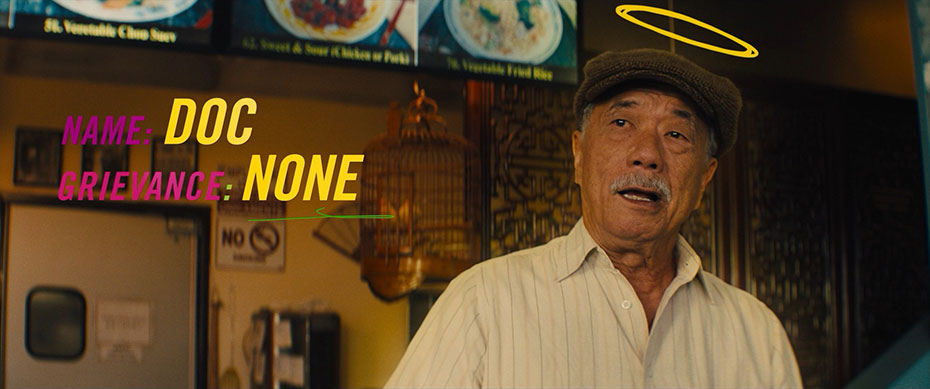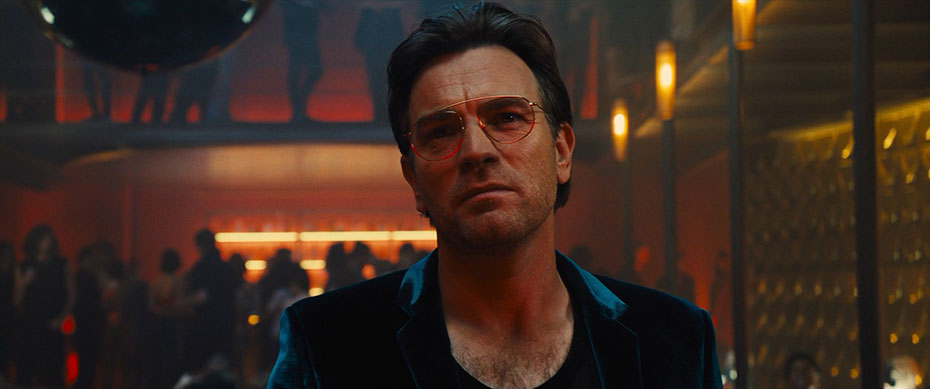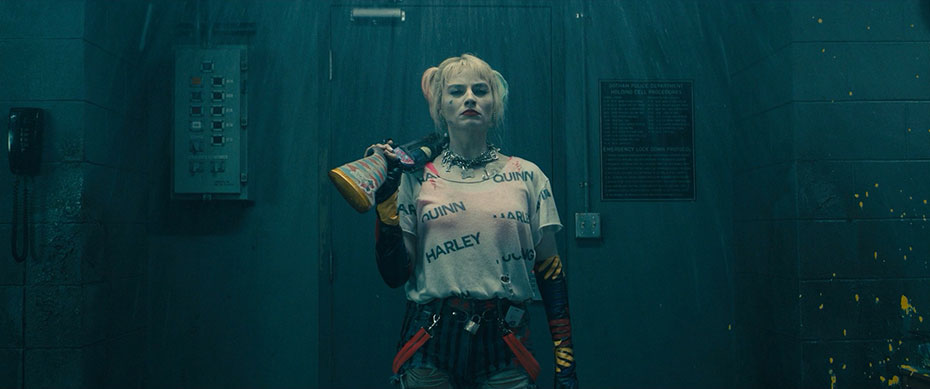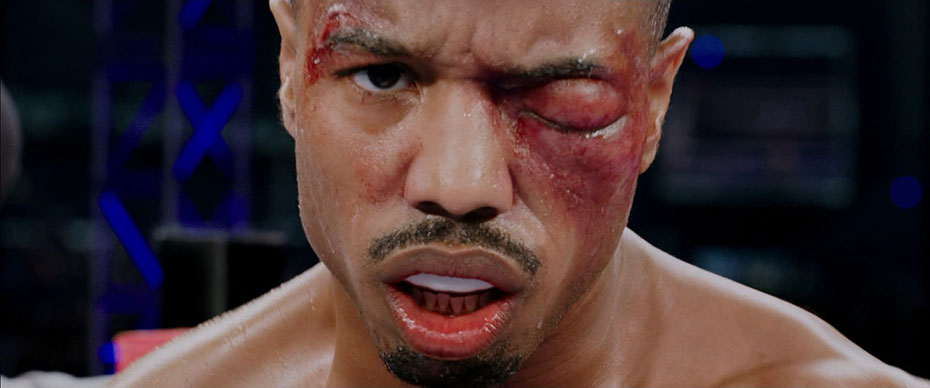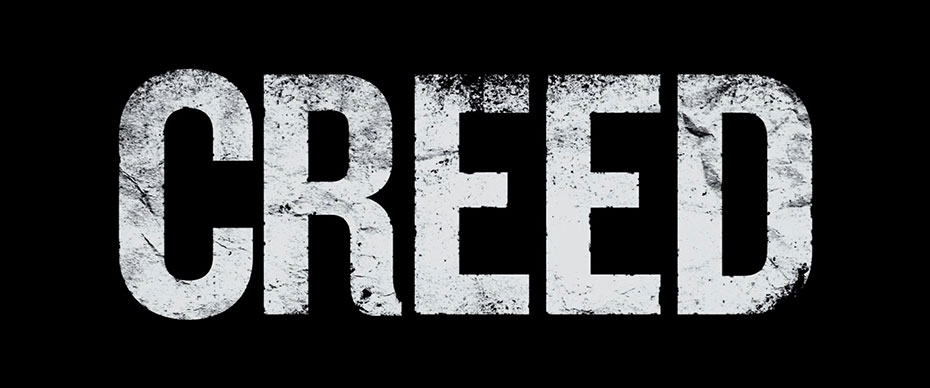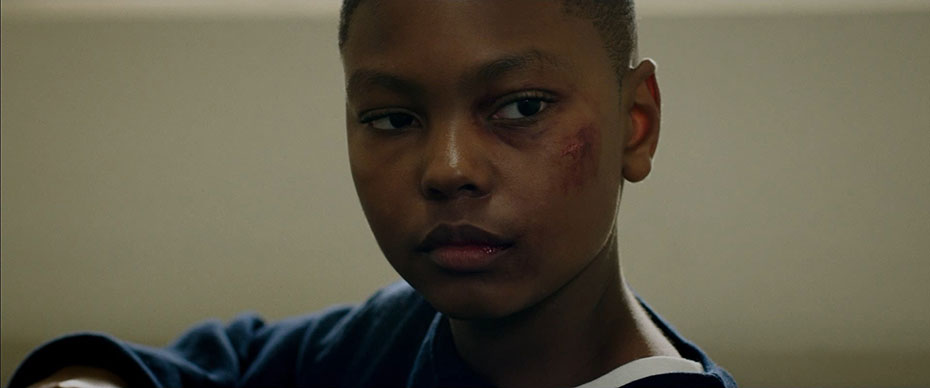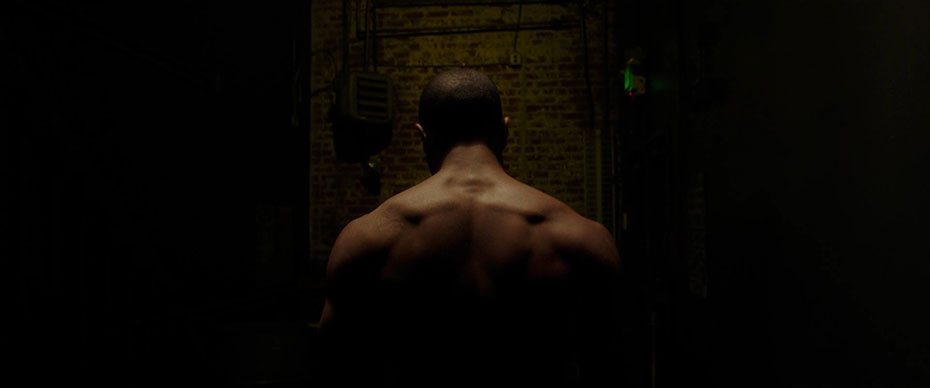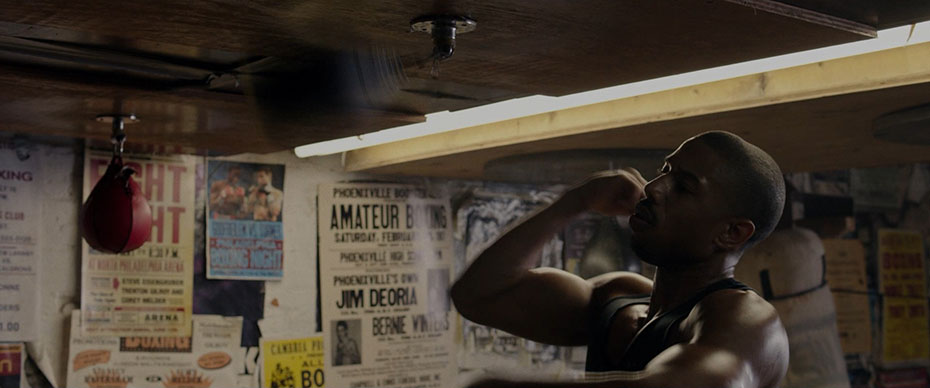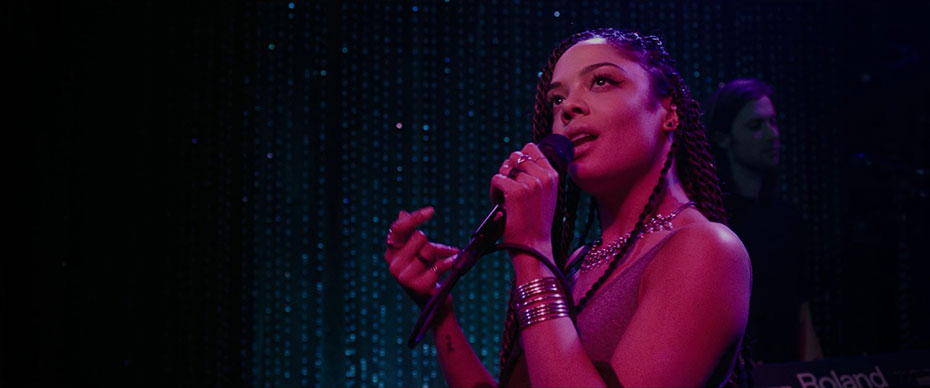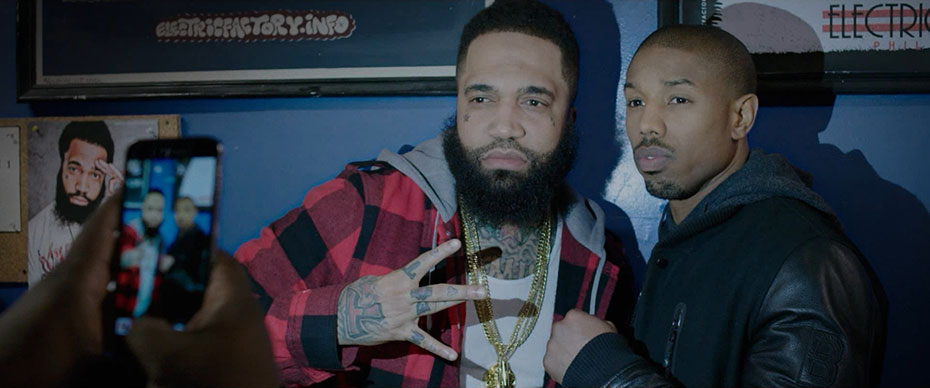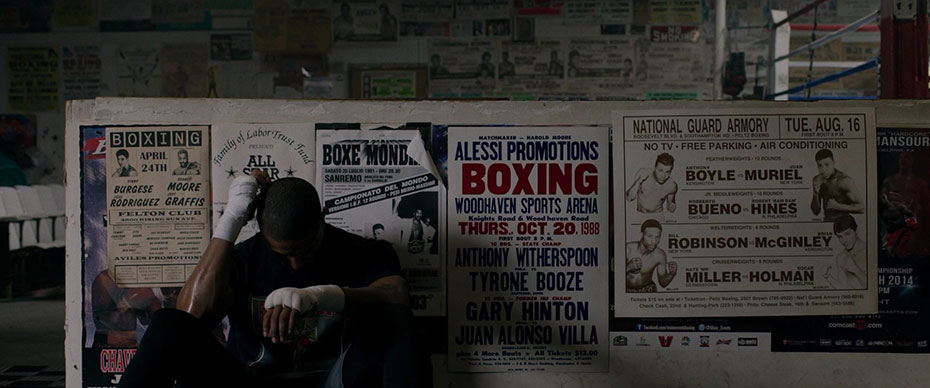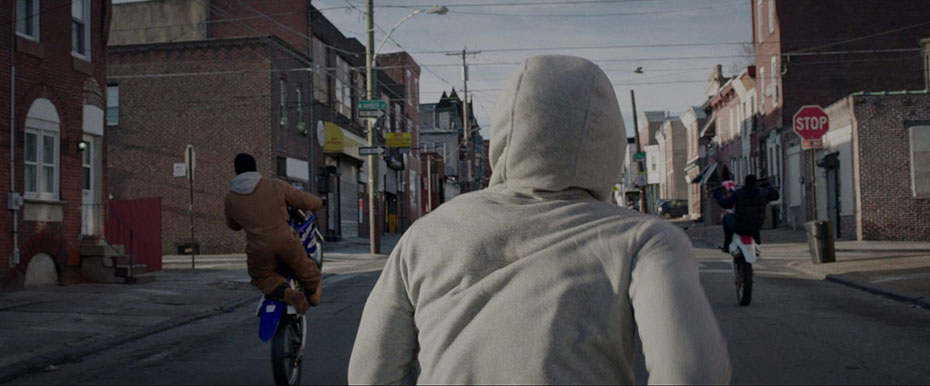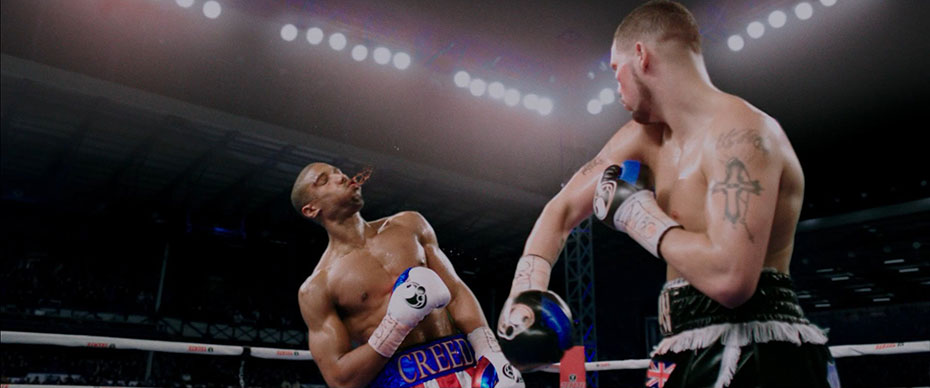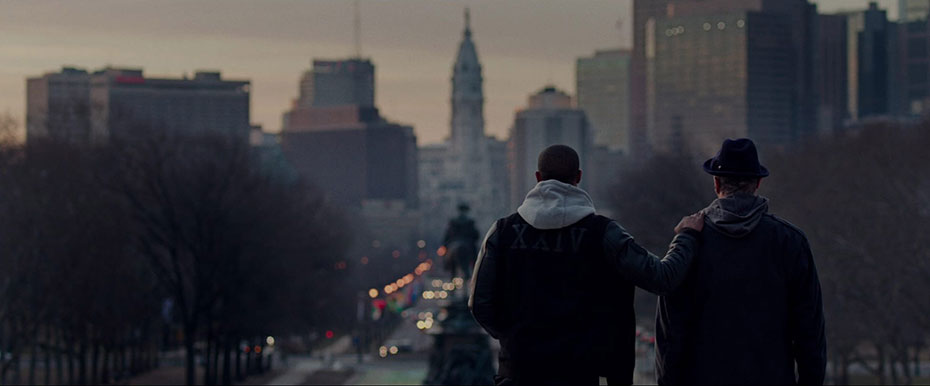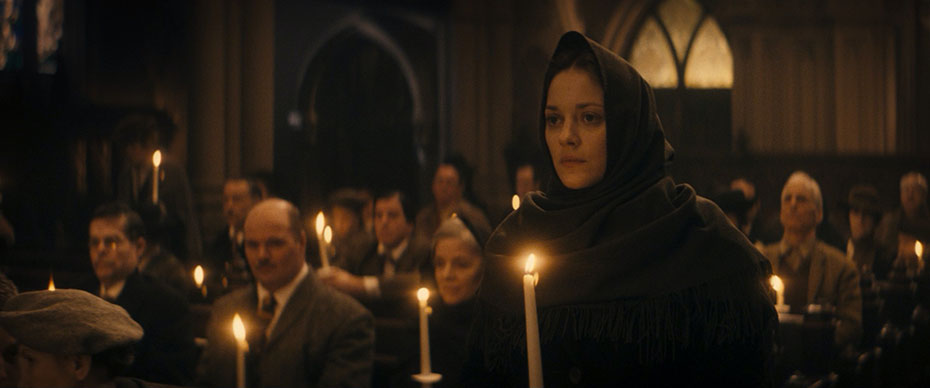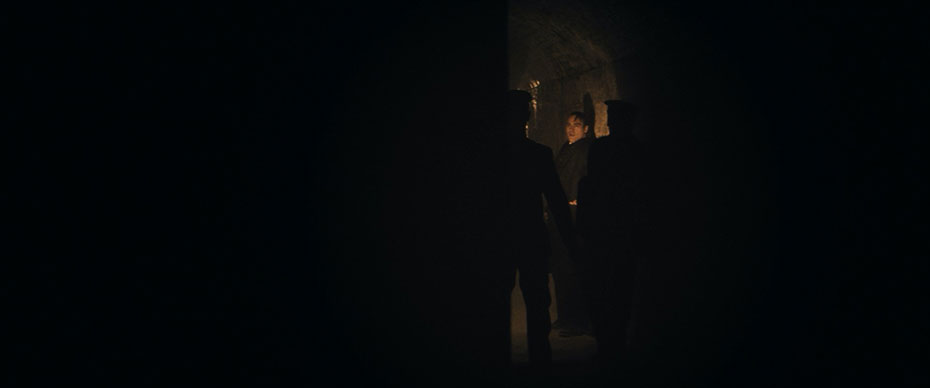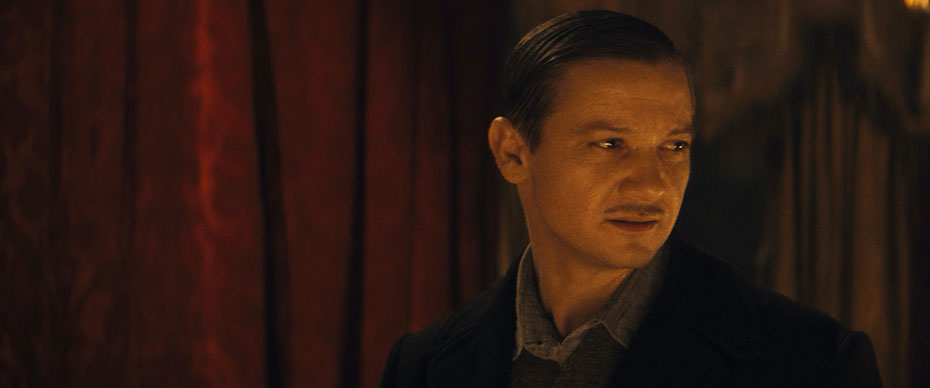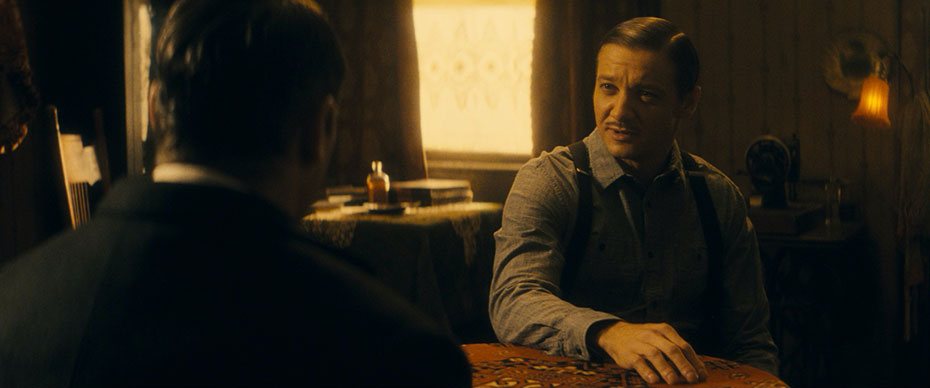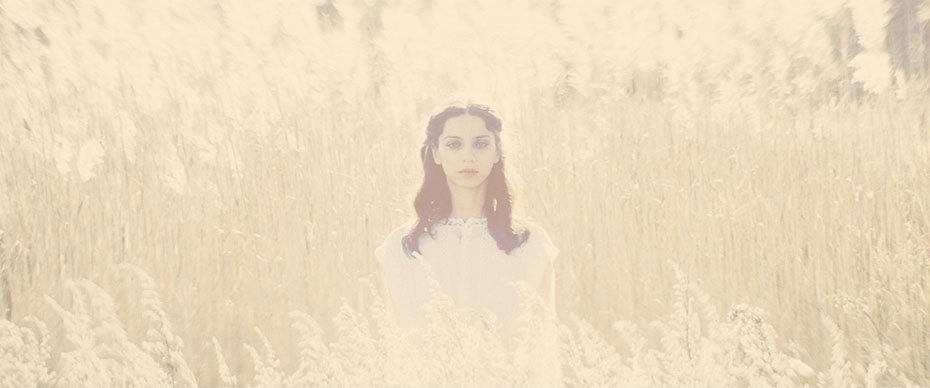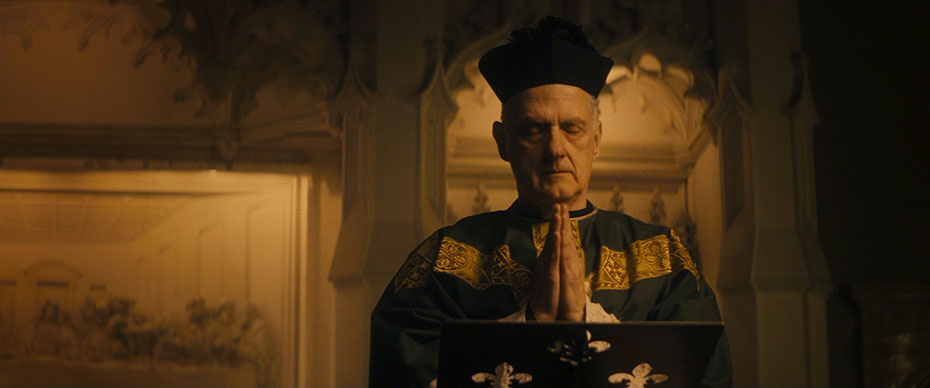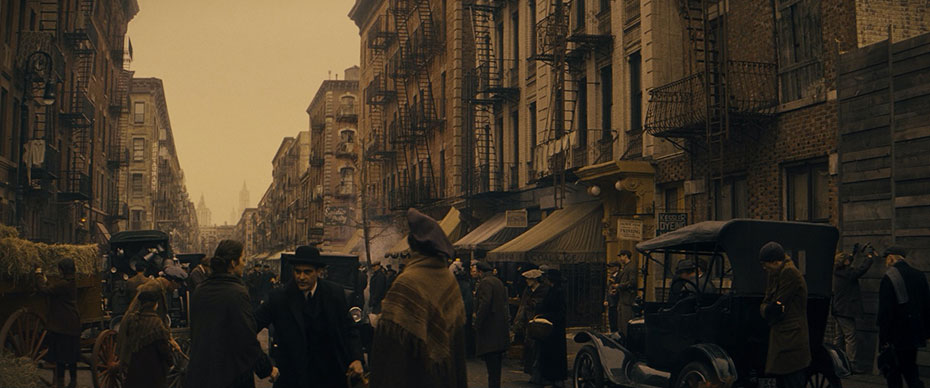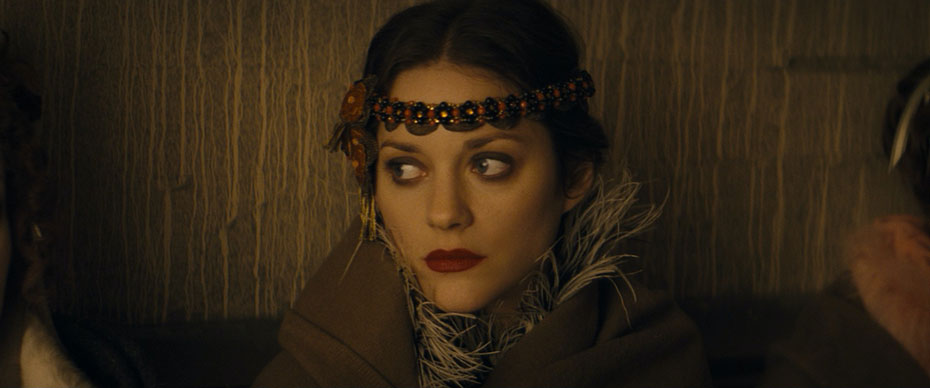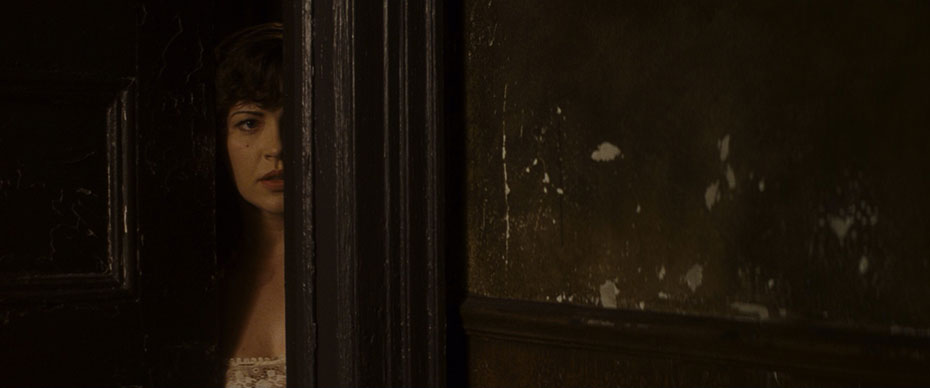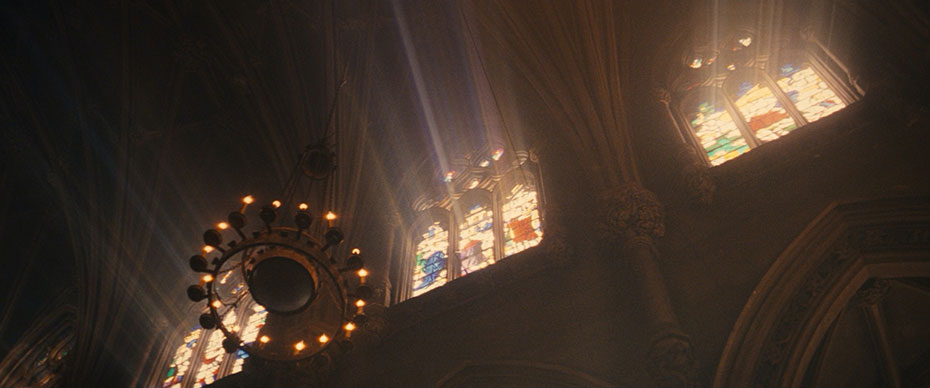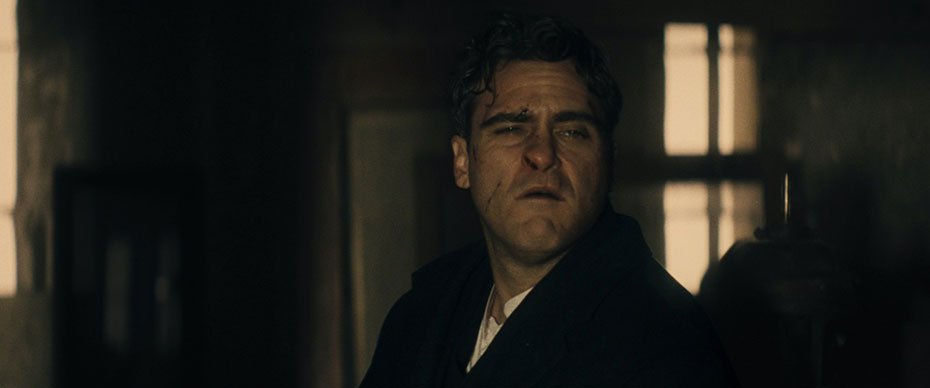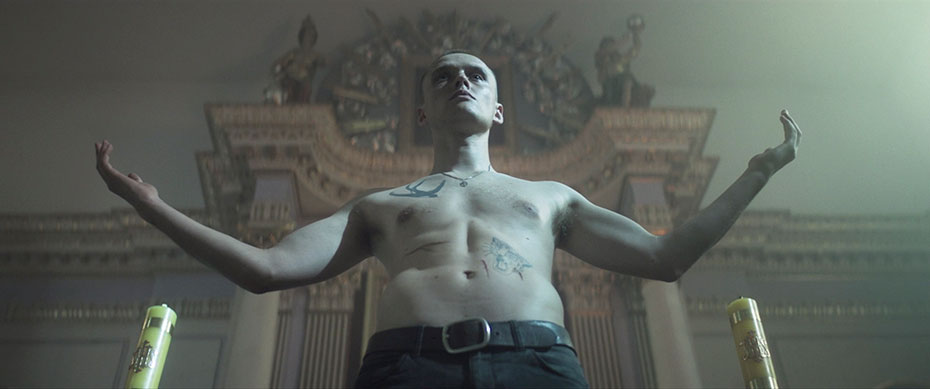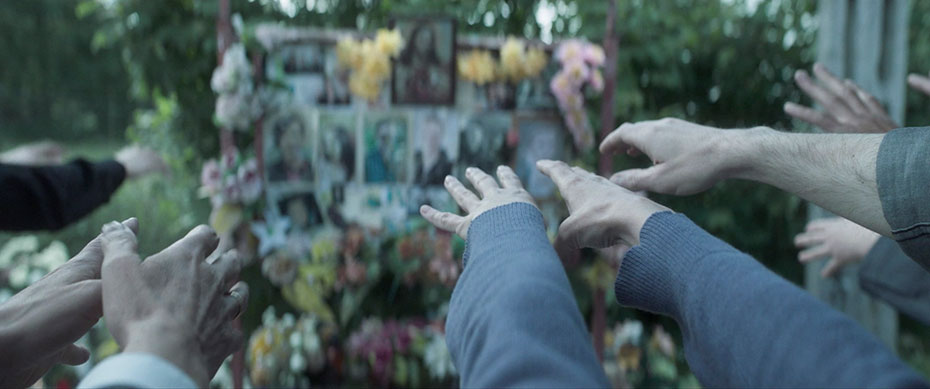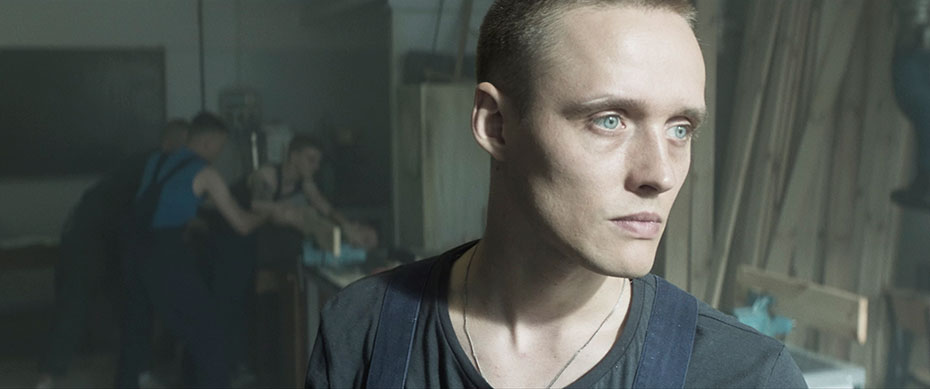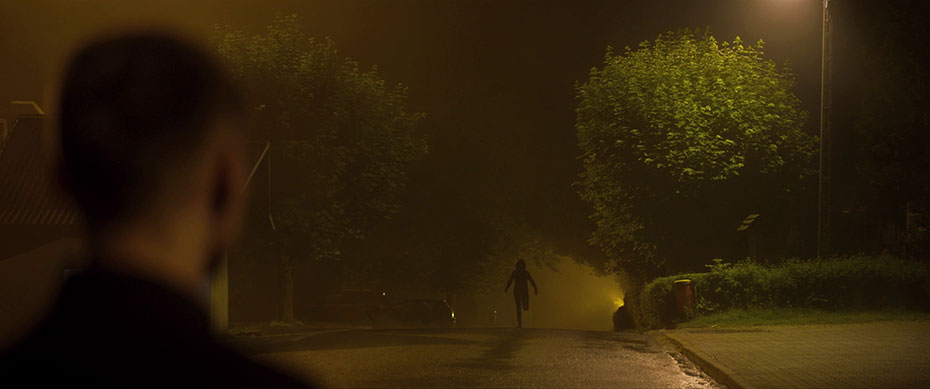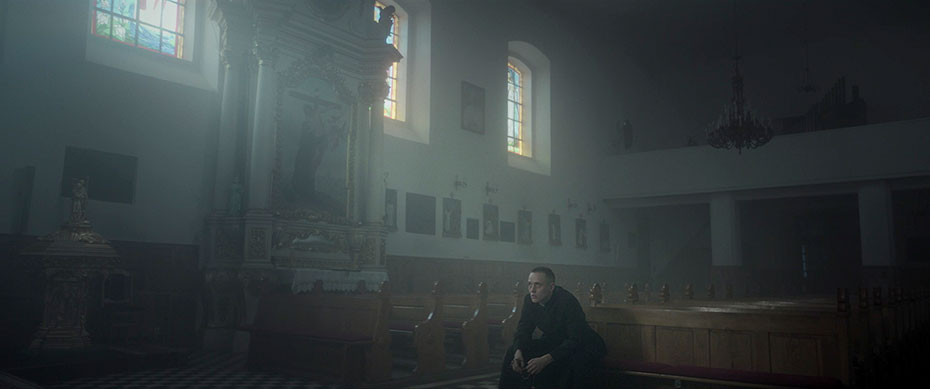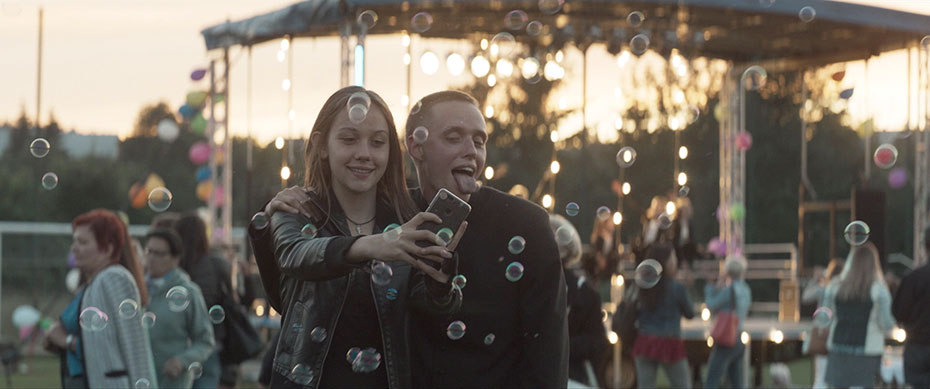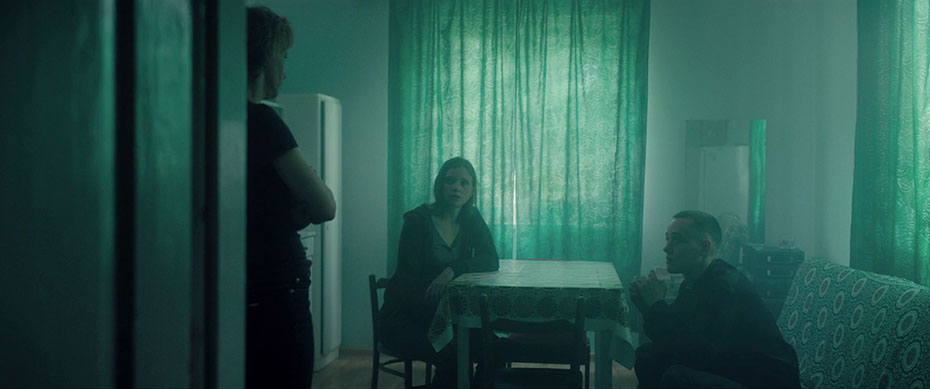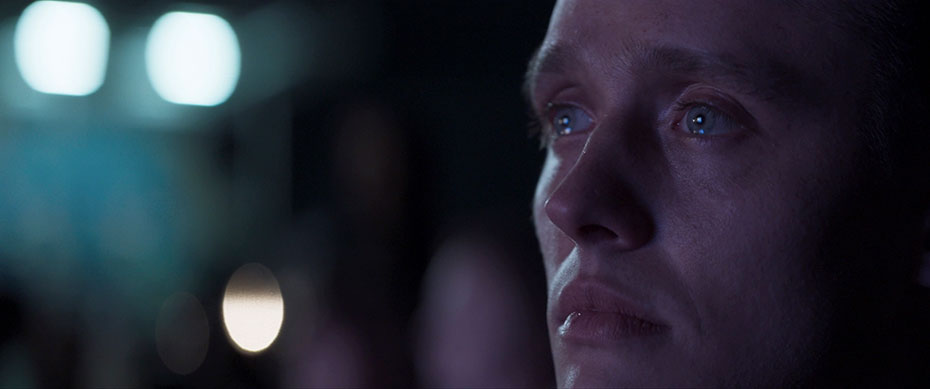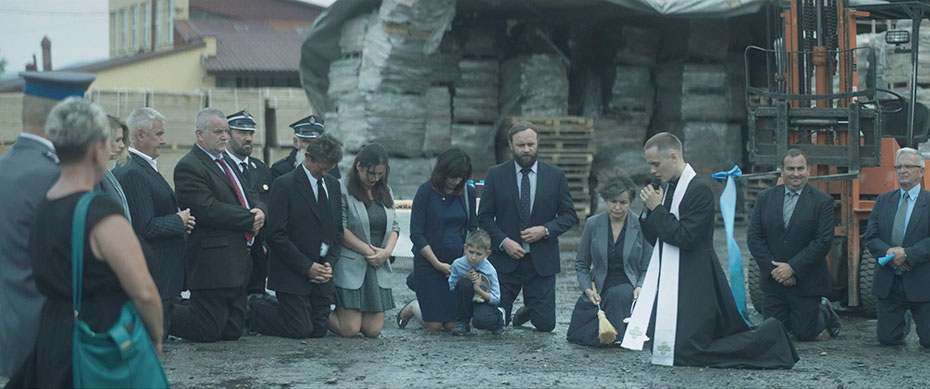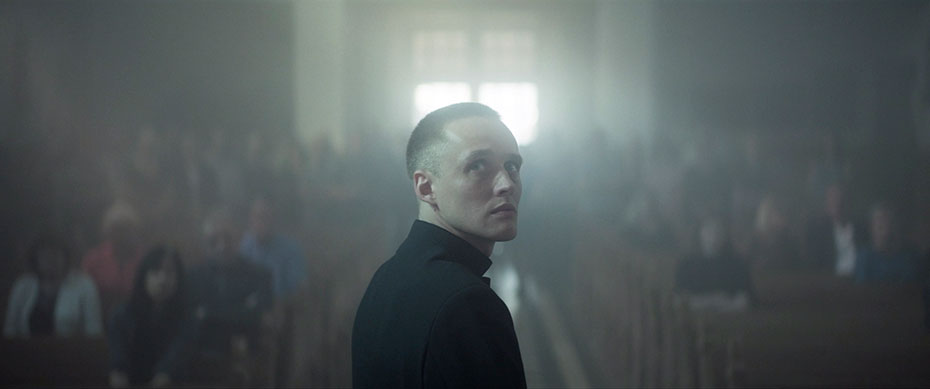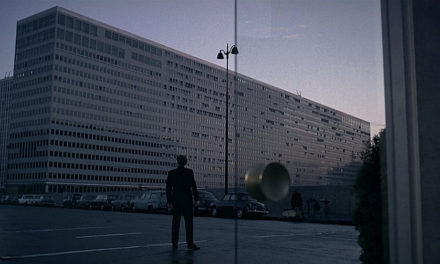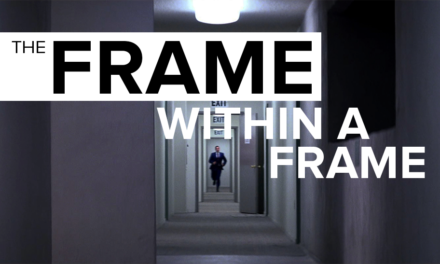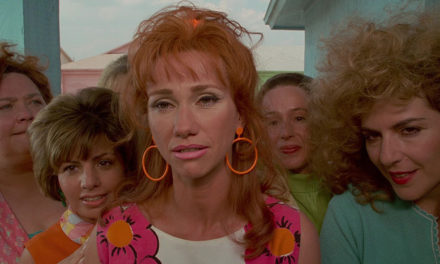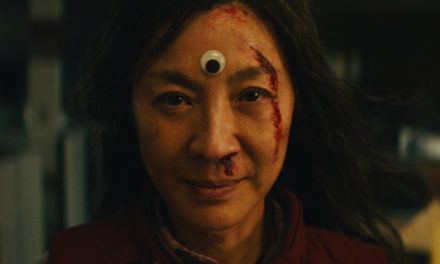THE TUESDAY DROP – 6/15
06.15.21 / New Shots
SCHINDLER’S LIST (1993)
Steven Spielberg’s epic historical drama SCHINDLER’S LIST was the second film he released in 1993 (the first was Jurassic Park). The film won seven Academy Awards, including Best Picture, Best Director and Best Cinematography, capping off a landmark year for Spielberg. The film follows businessman Oskar Schindler, who saved more than a thousand Jewish refugees from the Holocaust by employing them in his factories during World War II. Spielberg and Polish cinematographer Janusz Kaminski, who were working together the first time, decided to shoot the film largely in black and white to evoke documentary footage of the era. They also made the decision not to storyboard the film ahead of time, in order to give it a sense of spontaneity that recalled documentaries such as the 1985 film Shoah. Their approach created a visually iconic film that is considered by many to be Spielberg’s masterpiece.
CABARET (1972)
CABARET is a 1972 musical drama based loosely on the Broadway musical of the same name. The film was directed by Bob Fosse, and starred Liza Minnelli, Michael York and Joel Grey. Cabaret won eight Academy Awards including Best Director and Best Cinematography for British cinematographer Geoffrey Unsworth. In addition to his work on Cabaret, Unsworth is known for his cinematography on nearly 90 feature films during his 40+ year career. This includes films such as 2001: A Space Odyssey and Murder on the Orient Express. Cabaret marked an important shift in Unsworth’s style of cinematography. Unlike the cleaner, higher-contrast images of the 1950’s and 60’s Technicolor era, Cabaret was lit much more softly, creating images with less contrast and sharpness. This technique resulted in a simple, moody visual style that made Cabaret an important touchstone for many films of the 1970’s and beyond.
A FISTFUL OF DOLLARS (1964)
Considered by many to be the birth of the Spaghetti Western genre, the 1964 film A FISTFUL OF DOLLARS marked the beginning of Sergio Leone’s “Dollars Trilogy”. The film also introduced the world to Clint Eastwood, who appeared in his first leading role as The Man With No Name. A Fistful of Dollars is an unofficial remake of Akira Kurosawa’s 1961 masterpiece Yojimbo, and follows a stranger who inserts himself into a long-simmering battle between rival brothers in the Mexican village of San Miguel. Filmed by cinematographers Massimo Dallamano and Federico G. Larraya, A Fistful of Dollars became known for taking the visual tropes of the western genre and giving them a more realistic, gritty feel by using harsh natural light. Leone also created meticulous close-ups of his characters in the film’s most tense moments, giving the film an epic quality that has become synonymous with his visual style.
BLUE VALENTINE (2010)
BLUE VALENTINE was writer/director Derek Cianfrance’s second feature film, made 12 years after his debut, Brother Tied. The romantic drama follows Dean and Cindy (played by Ryan Gosling and Michelle Williams), a couple whose relationship has started to fall apart. Cianfrance worked on Blue Valentine with cinematographer Andrij Parekh. Together, they established two core rules for shooting the film. The first was that they would light with as few lighting units on set as possible, in order to give the actors as much freedom as possible. The second was that the two concurrent narratives of the film would be shot with different cameras and lenses. The sections during the early, happier days of Dean and Cindy’s relationship were shot on wider lenses using 16mm film, allowing both characters to occupy the frame together. The sections during the later stages of their relationship were shot on a RED camera with longer lenses, isolating the characters in the frame and creating a colder, more clinical atmosphere to visually describe their relationship.
THE PIANO (1993)
Jane Campion’s 1993 period drama THE PIANO has become a landmark of feminist cinema. Starring Holly Hunter, Anna Paquin, Harvey Keitel and Sam Neill, The Piano follows a mute woman, Ada, and her daughter, as they navigate life in New Zealand in the mid-19th century. The movie was shot by Kiwi cinematographer Stuart Dryburgh, who had previously worked with Campion on An Angel at My Table. Together, Dryburgh and Campion created a powerful visual language that shaped the audience’s understanding of the characters. For example, Ada’s husband Alasdair is most commonly framed in a medium shot or wider, creating distance between him and the audience. By contrast, Ada is often framed in closer shots, as is her daughter. Camera push-ins are common during the romance between Ada and George, giving the audience a sense of which characters we can empathize with, and which characters we are kept further away from.
CRAZY RICH ASIANS (2018)
Based on the novel of the same name, CRAZY RICH ASIANS is a 2018 romantic comedy by Jon M. Chu. The film follows Rachel, played by Constance Wu, as she attempts to win over her boyfriend’s ultra-wealthy Singapore-based family. The film was a worldwide hit and was praised for its predominantly Asian cast – a rarity in major American studio movies. Croatian cinematographer Vanja Cernjul was tasked by Chu to make the most beautiful film he had ever directed. With 38 locations in 42 shooting days, and the tropical Malaysian and Singaporean climates to deal with, Cernjul drew on his television experience to manage the fast-paced shoot. Chu and Cernjul also insisted on creating a distinct look from well-known 90s rom coms. One technique they employed was to shoot the film on anamorphic lenses, in order to highlight the grandeur of the film’s setting. They also used handheld shots with looser framing to portray the world outside the ultra-wealthy Young family, which further emphasized the glitzy, epic world that Rachel finds herself in the middle of.
BIRDS OF PREY (2020)
Cathy Yan’s follow up to her debut film Dead Pigs was the DC superhero film BIRDS OF PREY (and the Fantabulous Emancipation of One Harley Quinn), starring Margot Robbie. Birds of Prey was a significant step up in scale and budget for Yan, who worked with cinematographer Matthew Libatique to create a look for the film. Together, they drew on references such as Gentlemen Prefer Blondes, A Clockwork Orange and Romeo + Juliet. One of the key decisions that Yan and Libatique made about Birds of Prey was how they would film the stunt and fight scenes. Yan is an admirer of Jackie Chan’s films, and how practical and non-cutty the action sequences are. With this in mind, she and Libatique created a visual language reliant on practical, in-camera fight choreography that wouldn’t be overly emphasized by fast cuts or CGI.
CREED (2015)
Ryan Coogler’s second feature film CREED is the seventh film in the Rocky franchise, and stars Michael B. Jordan, Tessa Thompson and Sylvester Stallone. Coming off the success of his debut Fruitvale Station, Coogler made a pitch to Stallone to revive Rocky and follow the son of Apollo Creed as the franchise’s new hero. He worked with French cinematographer Maryse Alberti, who had previously worked mainly on independent documentaries, as well as Darren Aronofsky’s 2008 film The Wrestler. Coogler and Alberti wanted the film to pay homage to the original Rocky films but have its own visual style. They drew upon films like The Wrestler as well as sports photography to create Creed’s look. A particular highlight is a fight filmed in one continuous take in the middle of the film, captured by steadicam operator Ben Semanoff. Coogler shot twelve takes of this sequence, and take 10 was the one that made the cut.
THE IMMIGRANT (2013)
James Gray’s 2013 drama THE IMMIGRANT follows a Polish nurse (played by Marion Cotillard) who is forced into prostitution by a theater manager (played by Joaquin Phoenix) moonlighting as a pimp. The film was praised for looking at the darker side of the “American dream”, and was nominated for the Palme d’Or at the 2013 Cannes Film Festival. Gray worked on The Immigrant with Iranian-French cinematographer Darius Khondji, who was previously known for his work on movies such as Se7en, Evita and Midnight in Paris. One of their biggest challenges was to film a larger-scale period piece on a $12 million budget. In order to evoke the period, Gray and Khondji decided to underexpose their Kodak film while shooting with gold light, and then flash the negative with blue light. By also using anamorphic lenses from the 60’s and 70’s, they were able to evoke films such as Fellini’s La Strada, which was a major reference point. The result is an organic, painterly film that evokes 1920’s New York to tell a timeless story.
CORPUS CHRISTI (2020)
CORPUS CHRISTI is a Polish drama directed by Jan Komasa and written by Mateusz Pacewicz. The film follows a reformed criminal who poses as a priest at a small town parish, and was nominated for Best International Feature at the 2020 Academy Awards. Corpus Christi was shot by Polish cinematographer Piotr Sobocinski Jr.. Sobocinski had mostly worked on projects that involved a lot of hand held shooting, but for Corpus Christi, he and Komasa decided on a style composed mainly of static, carefully composed shots. This allowed the sequences that opened and closed the film – both of which were shot in frenetic hand held style – to stand out from the film, and bring us into the life of the protagonist.

